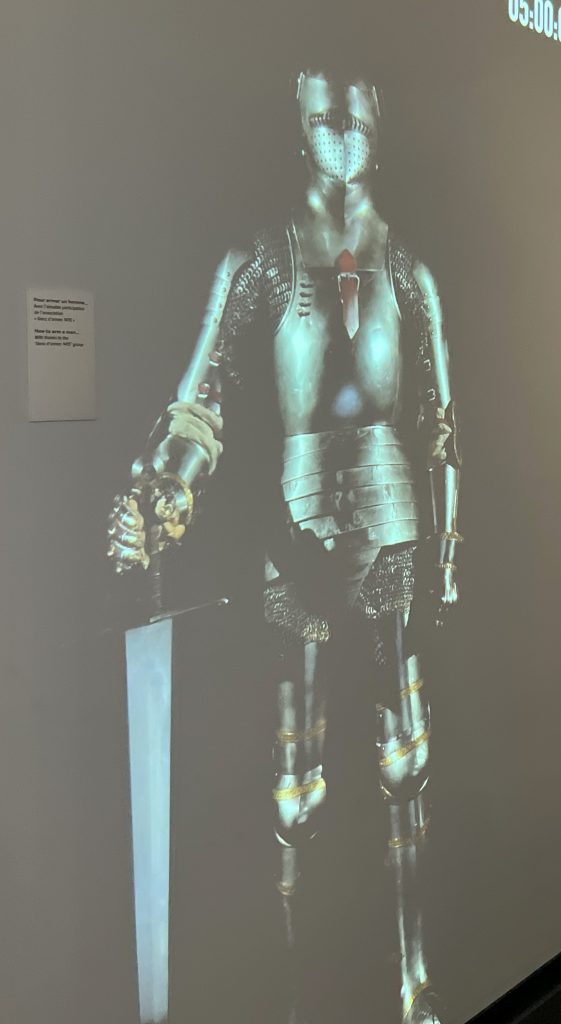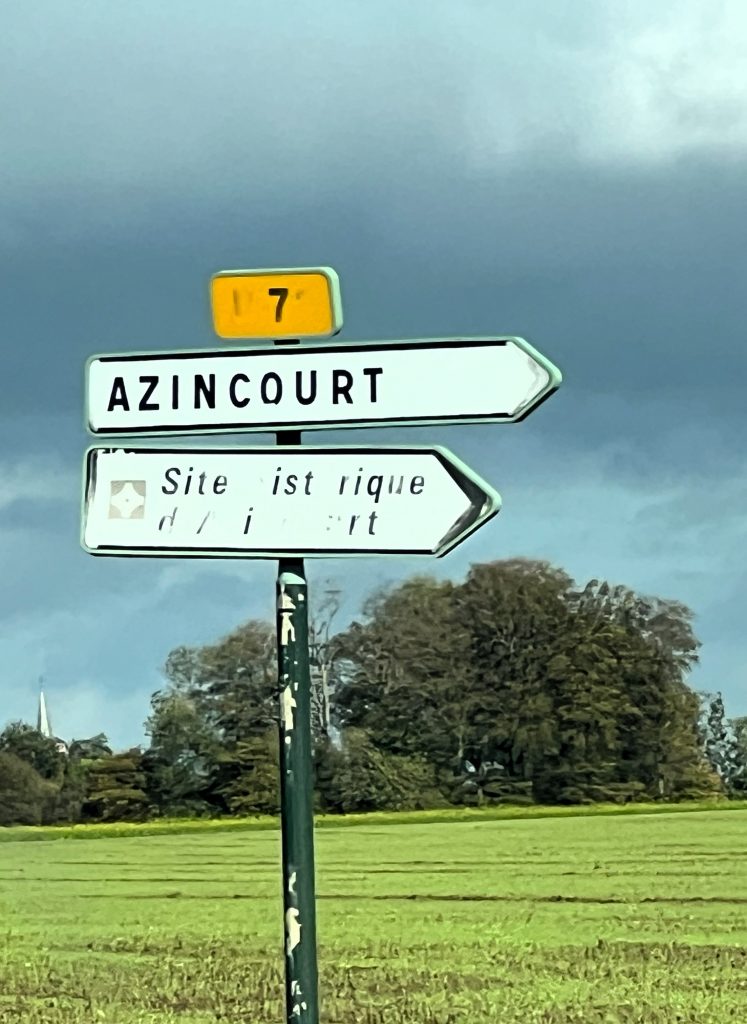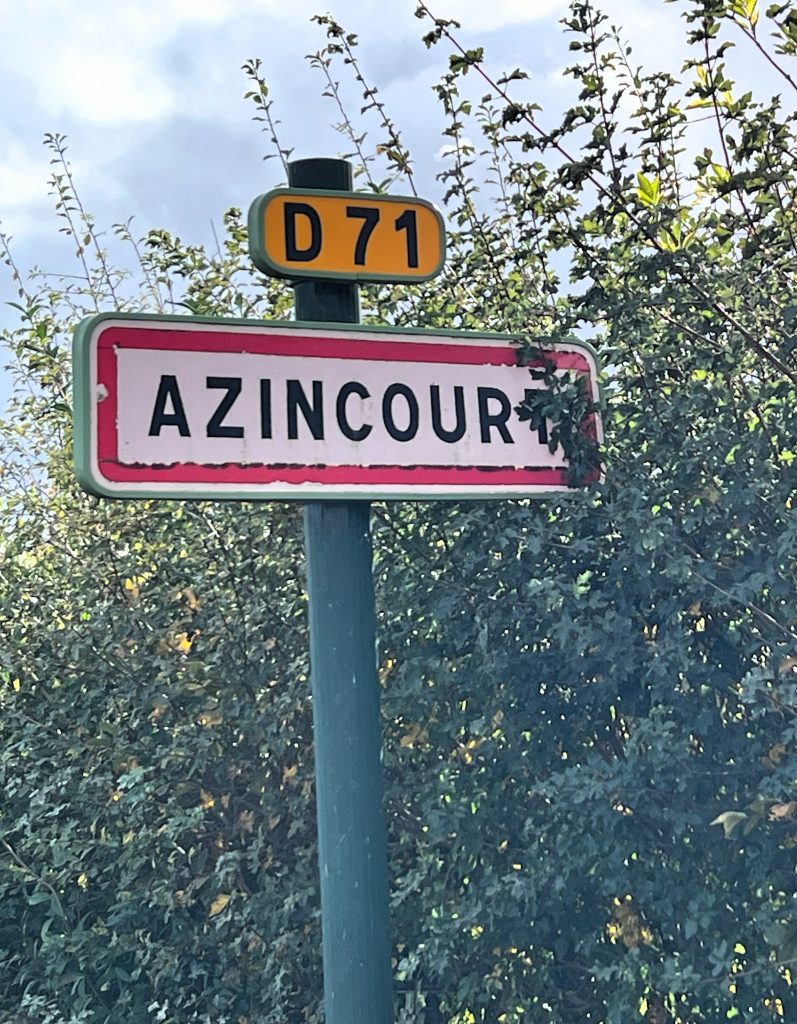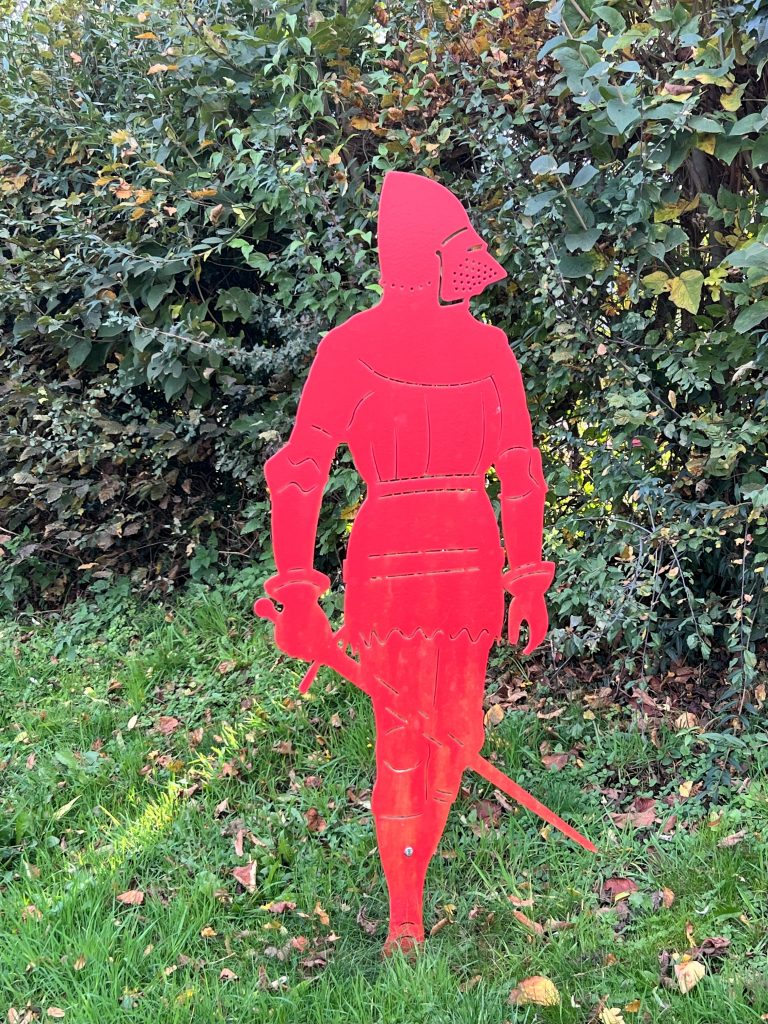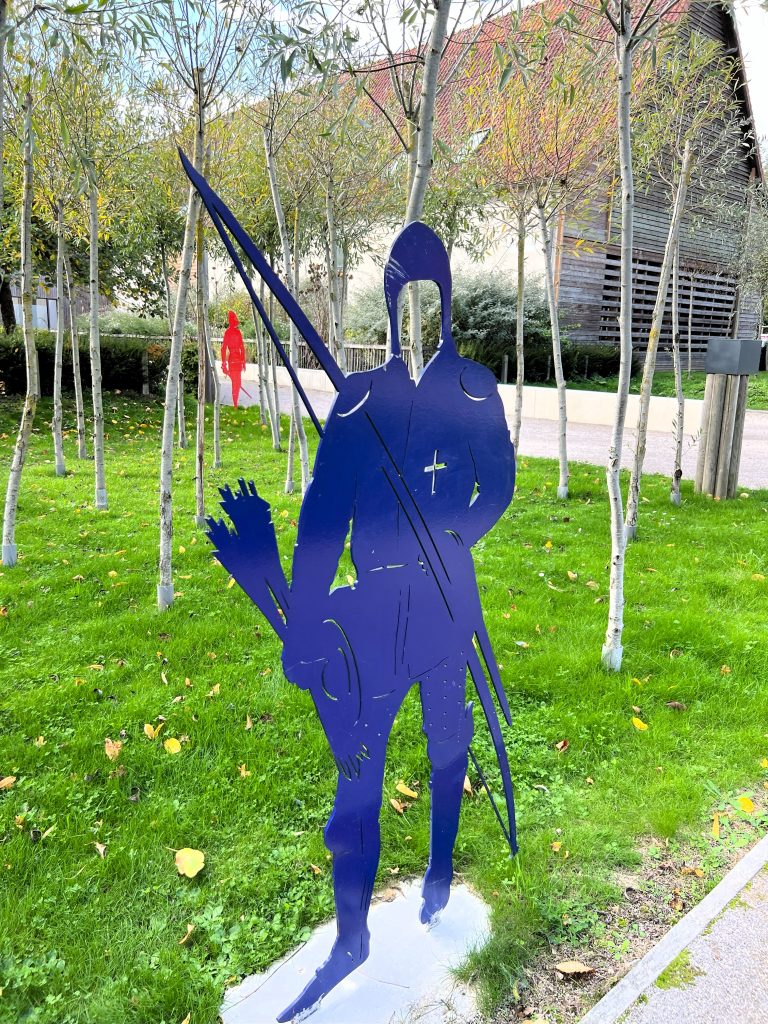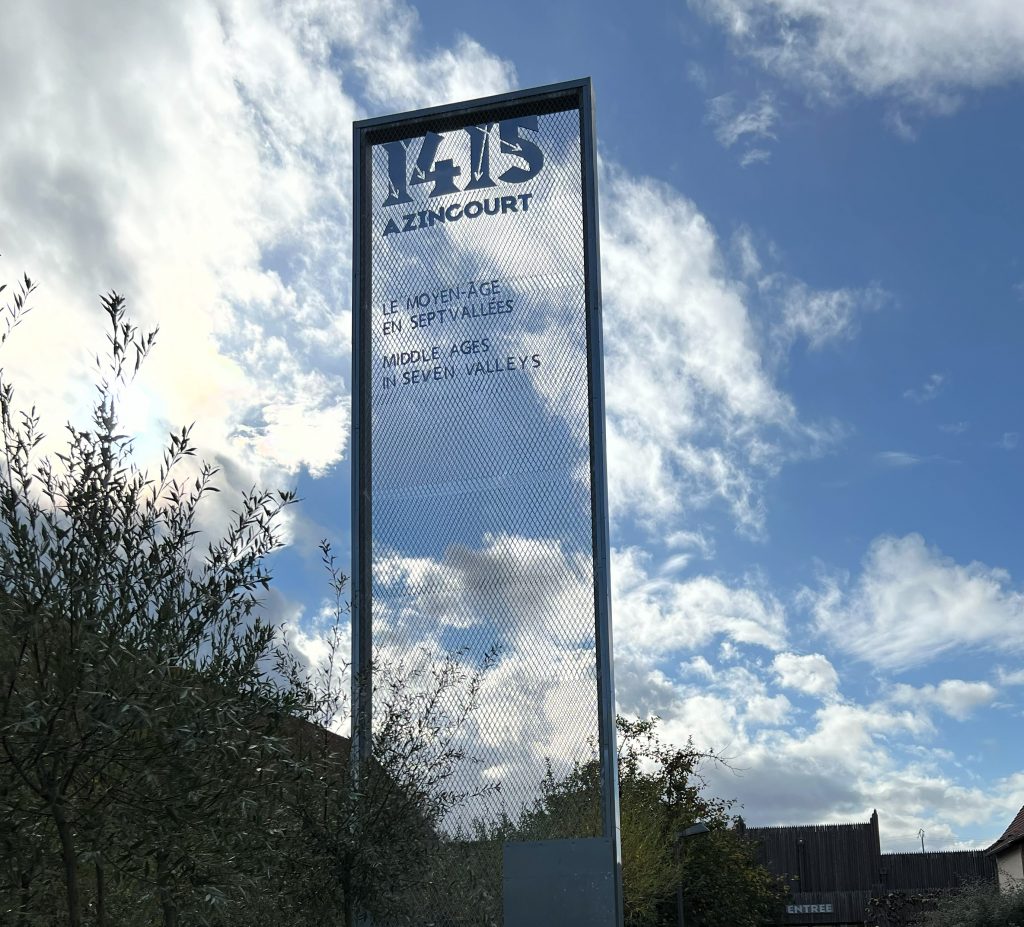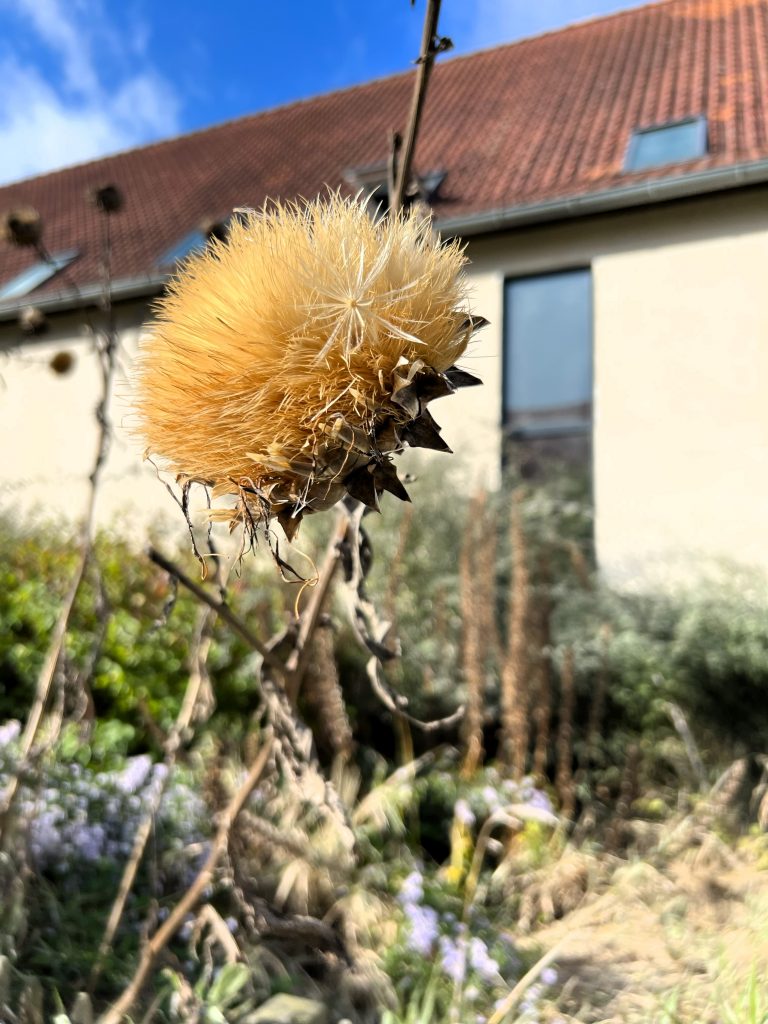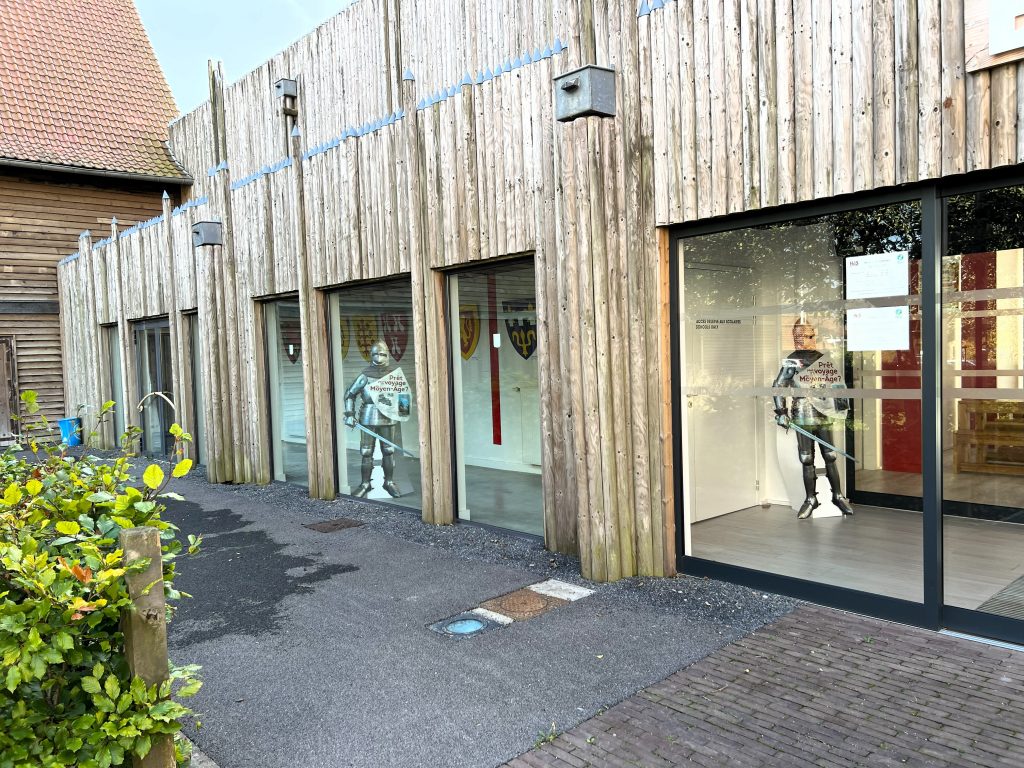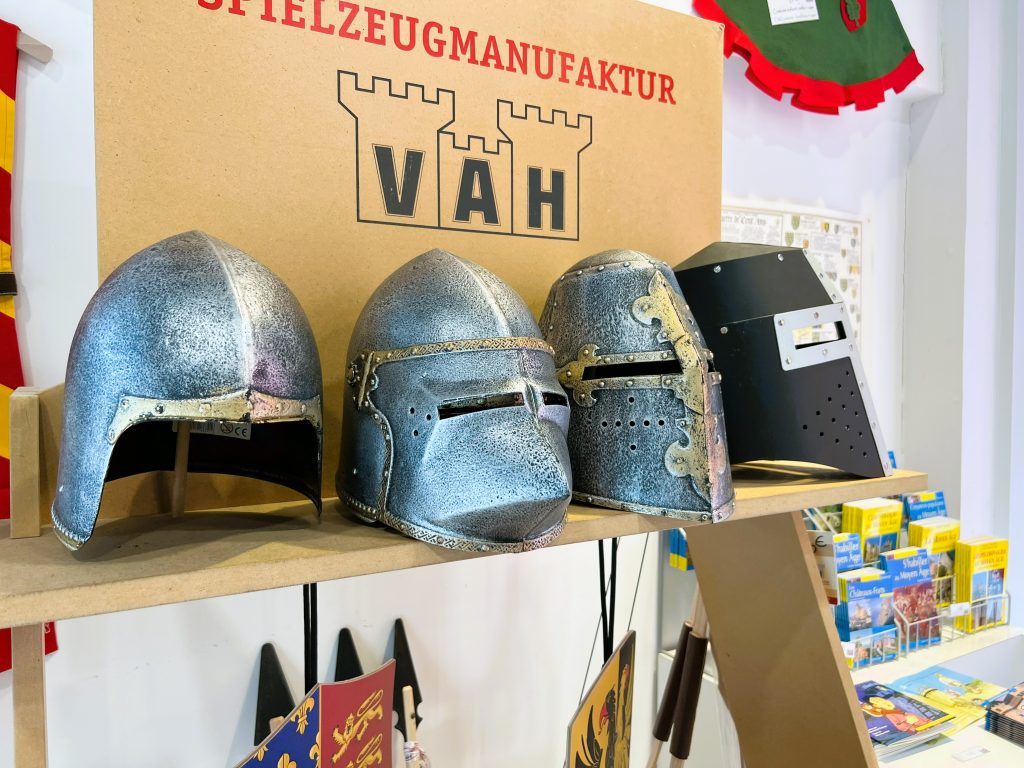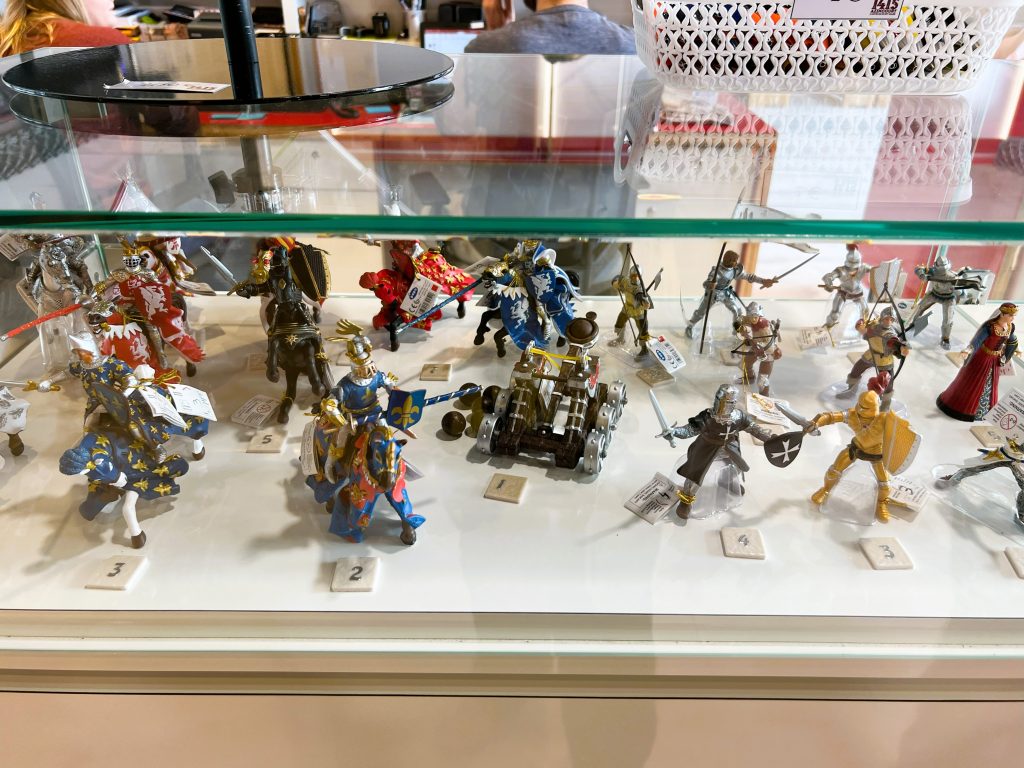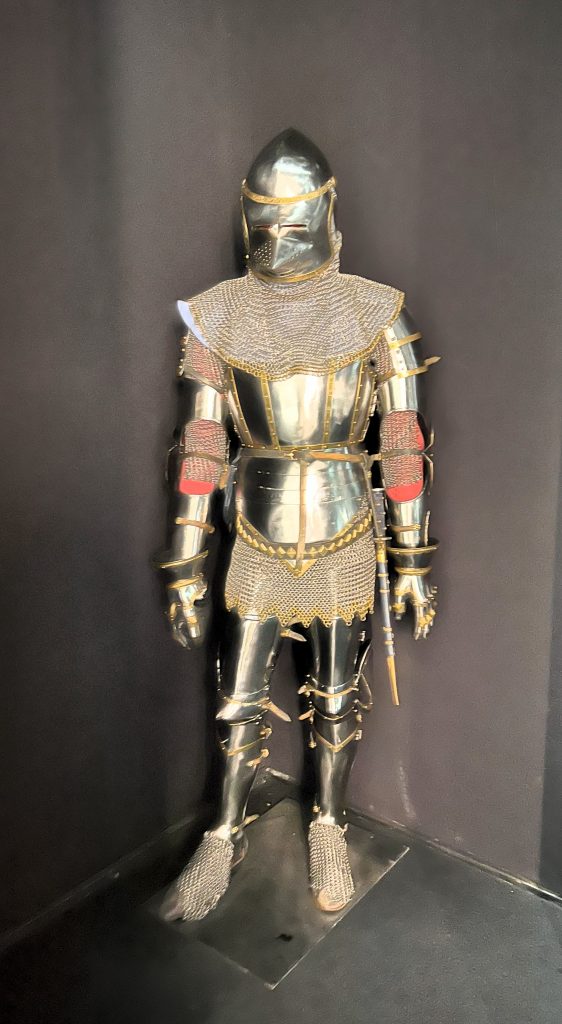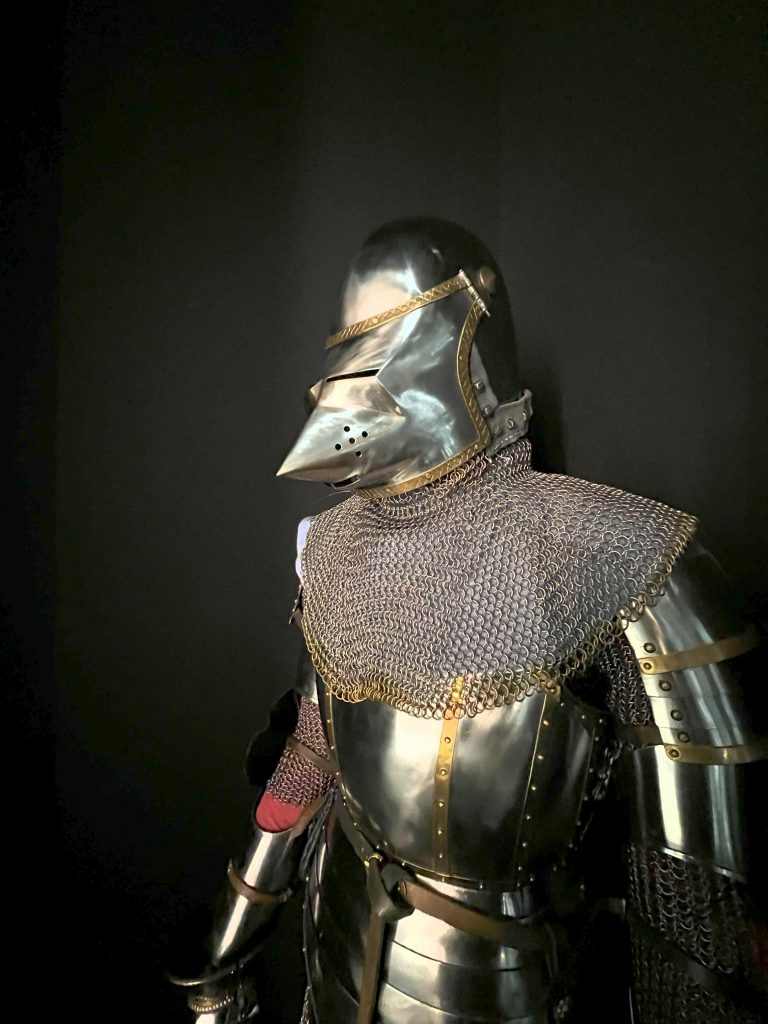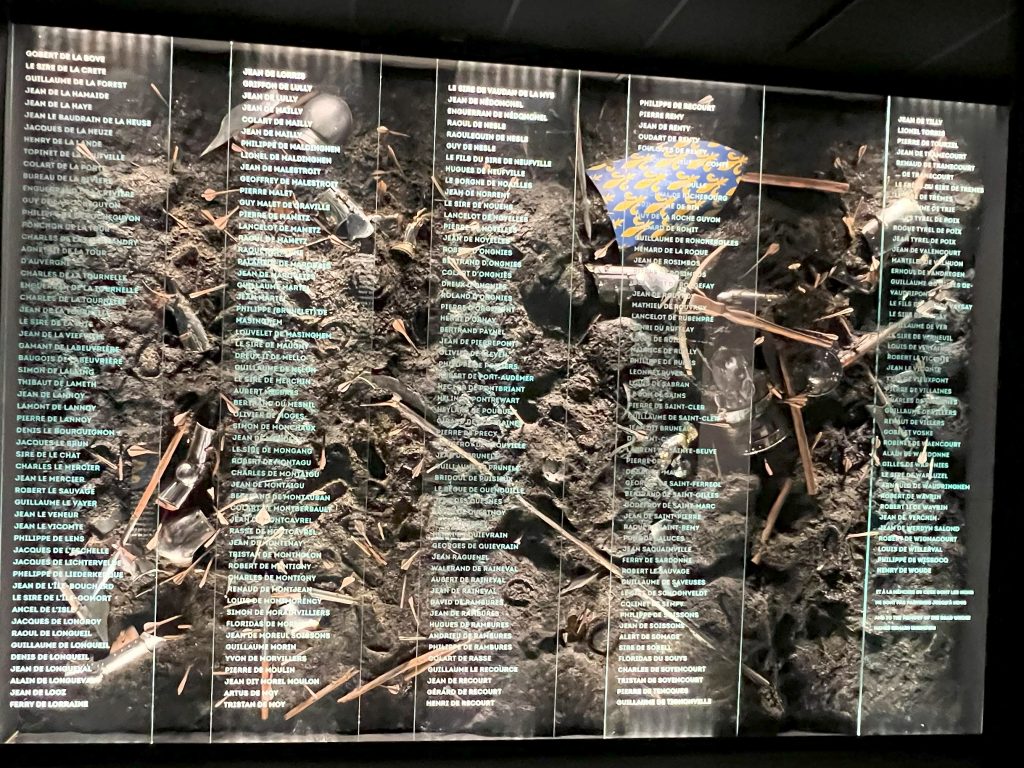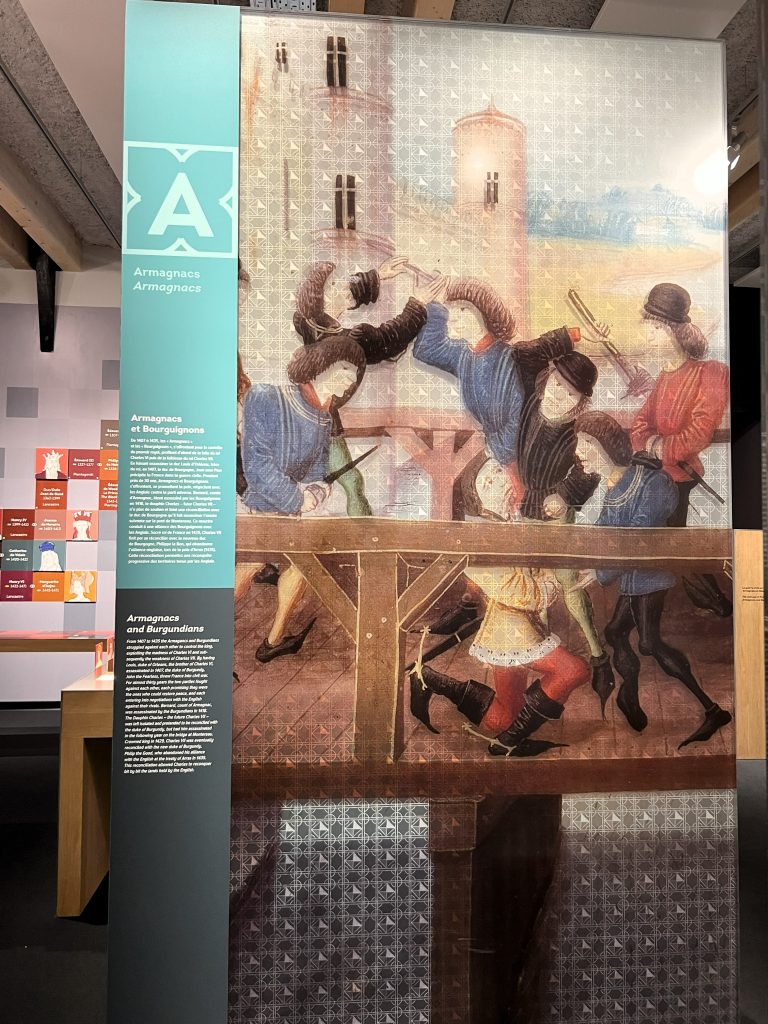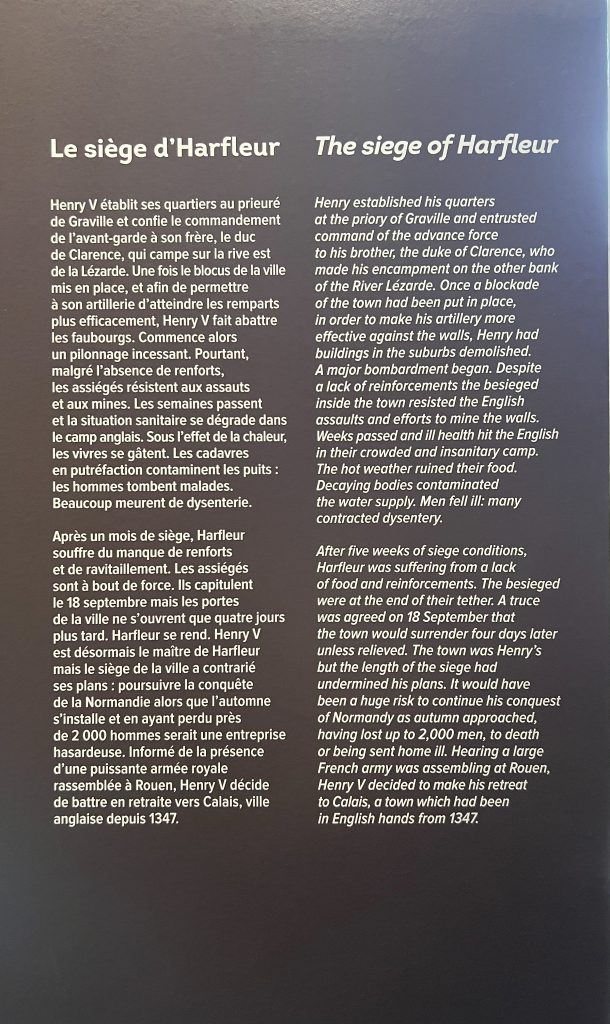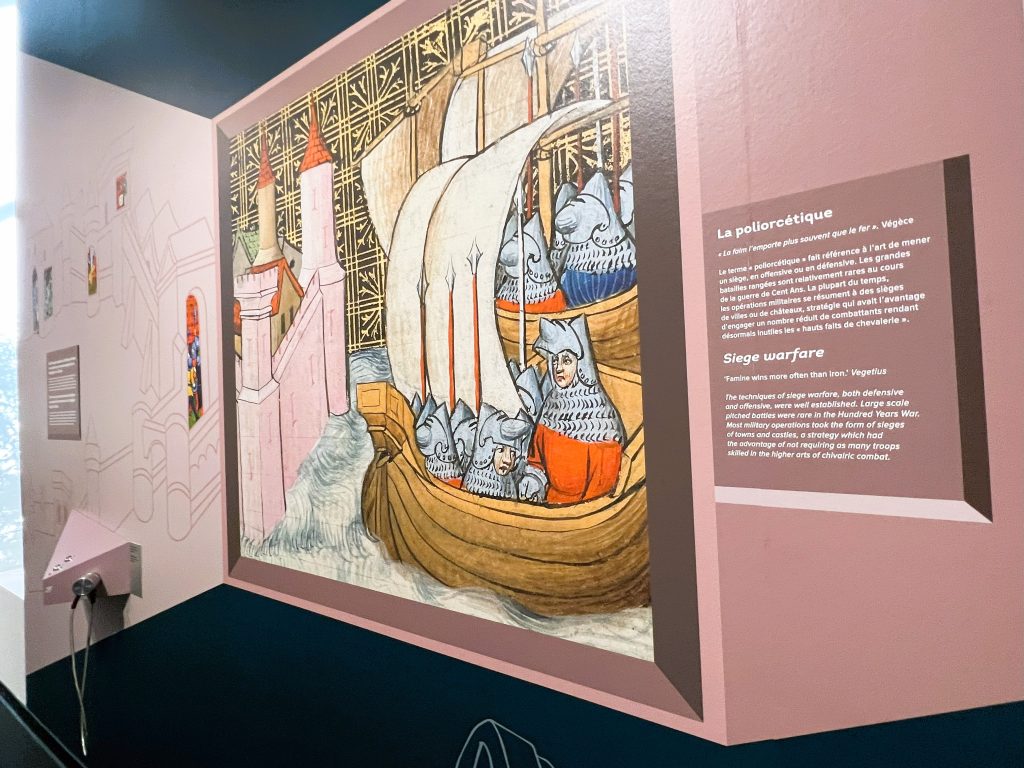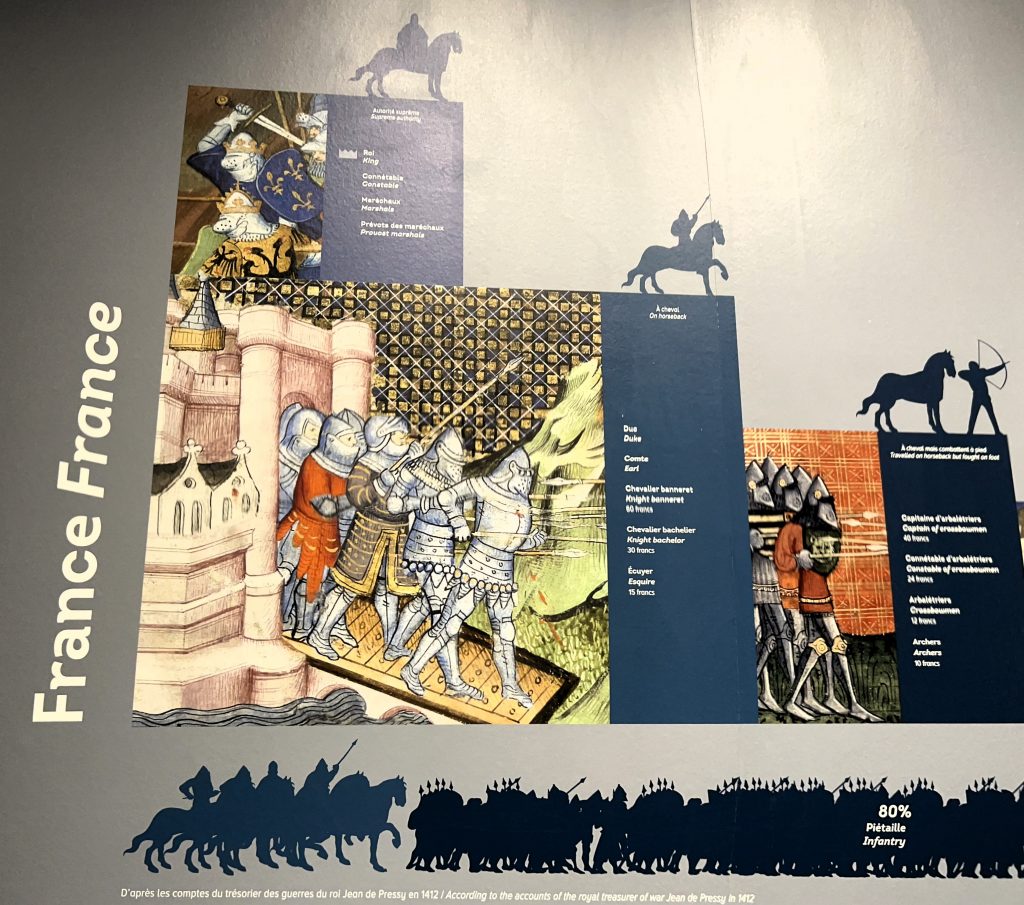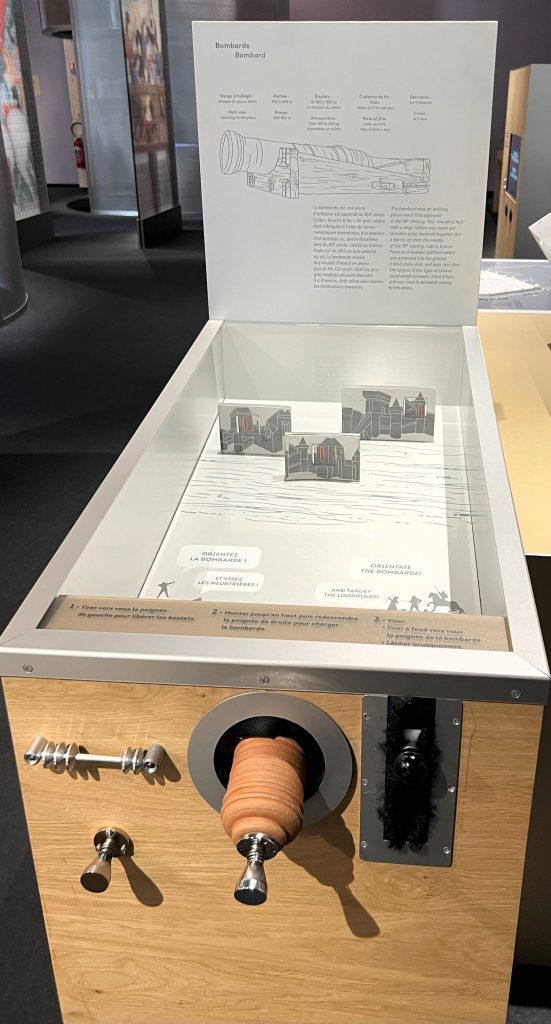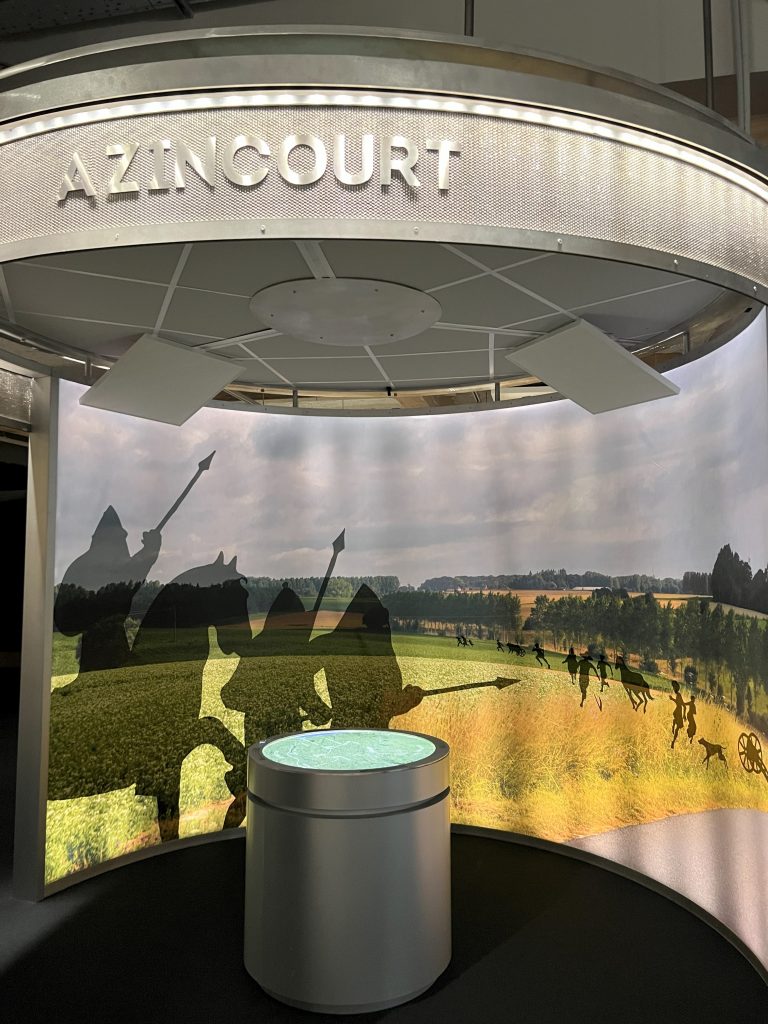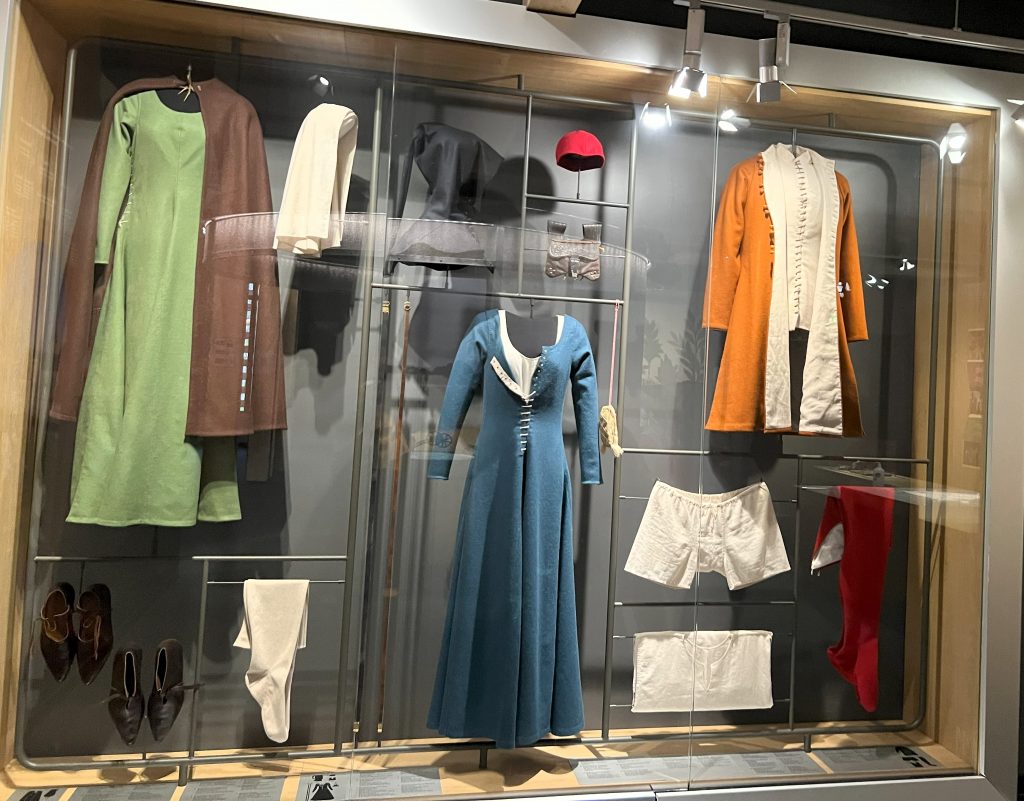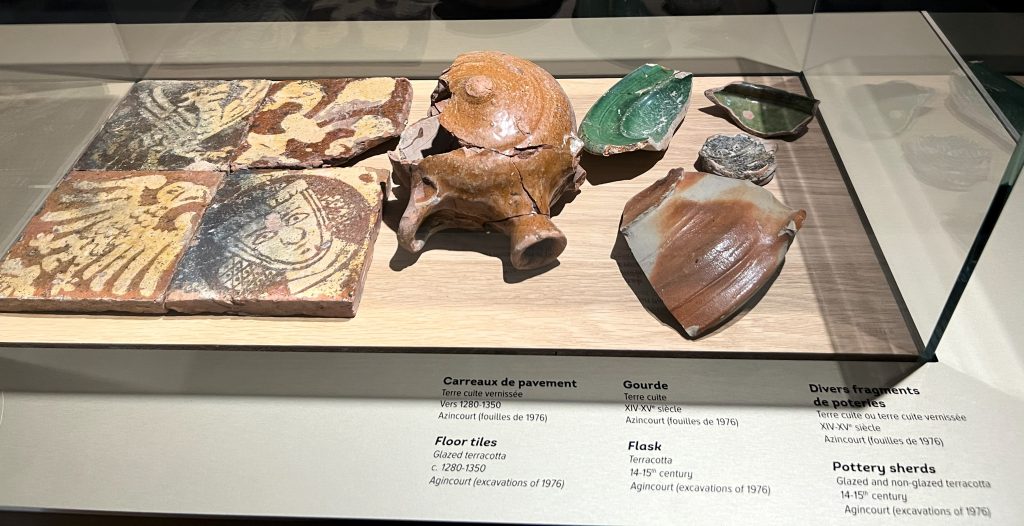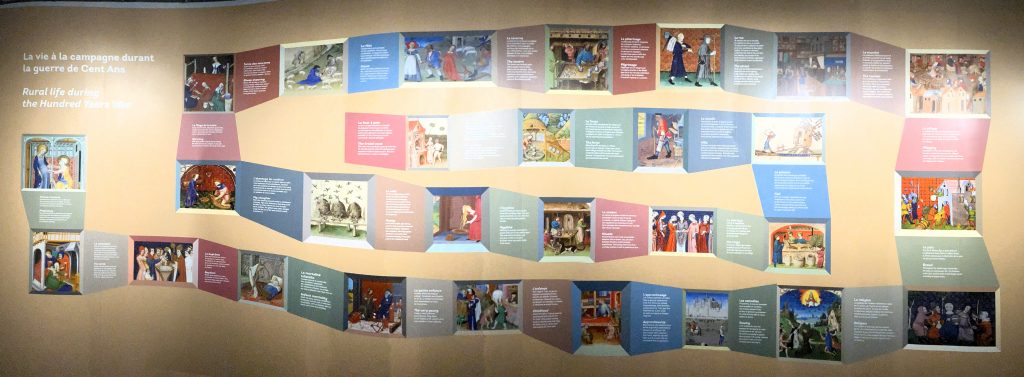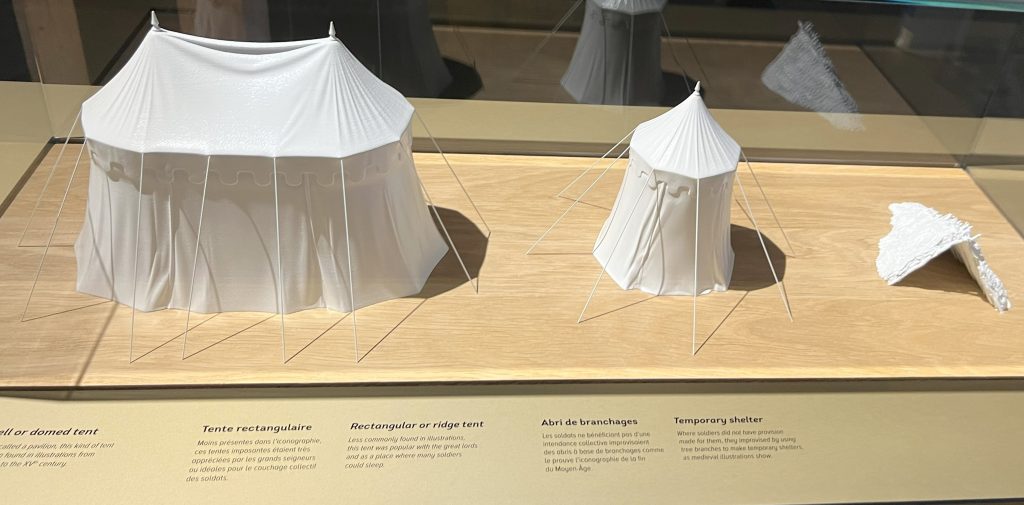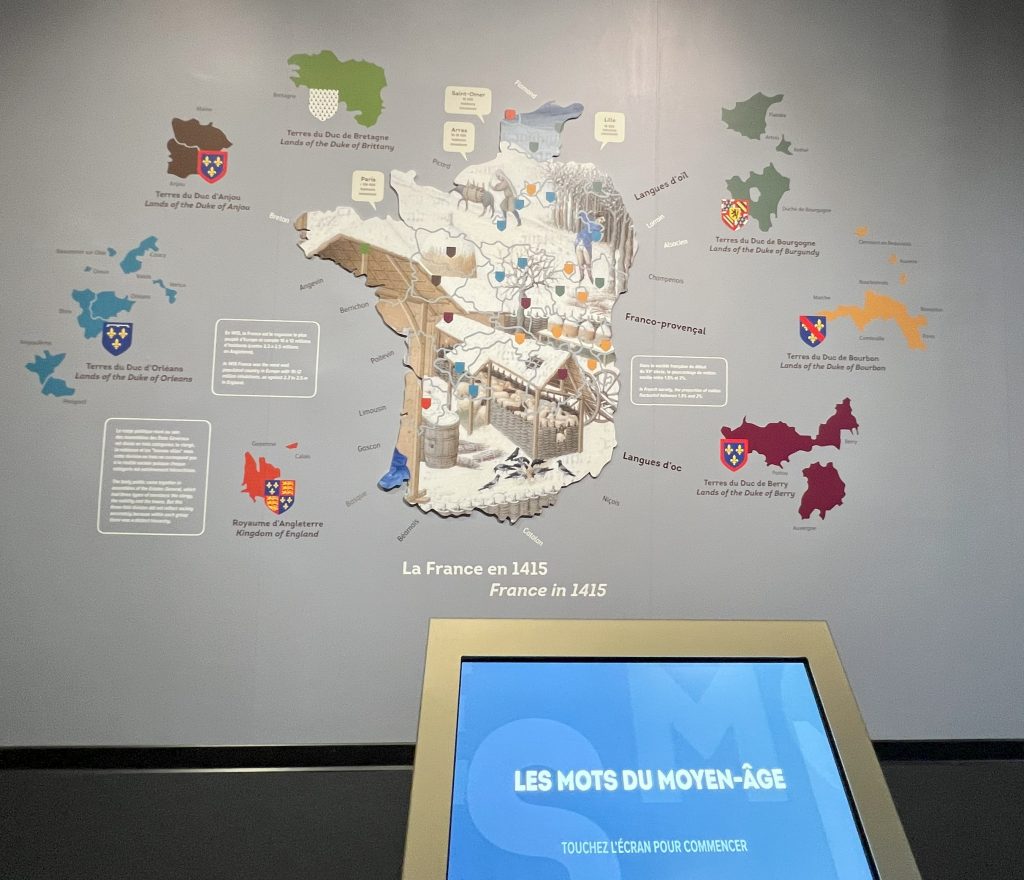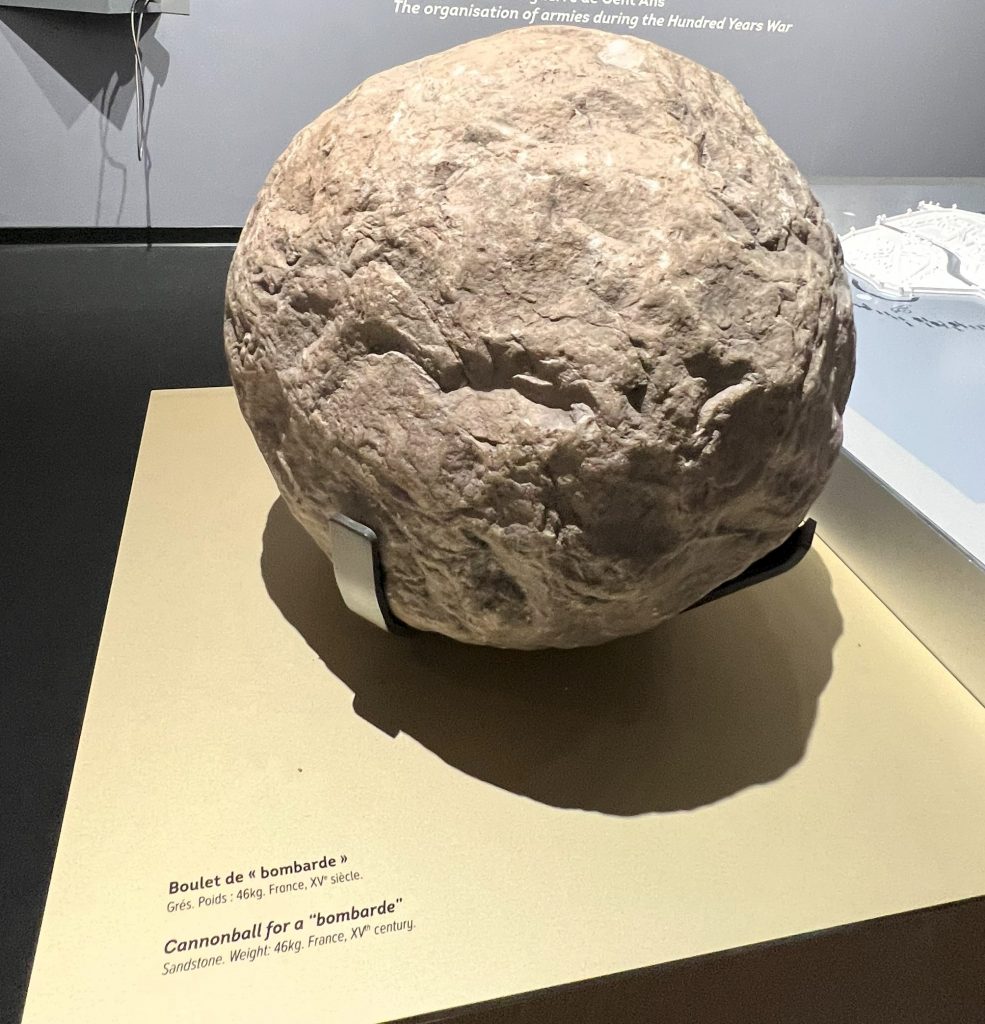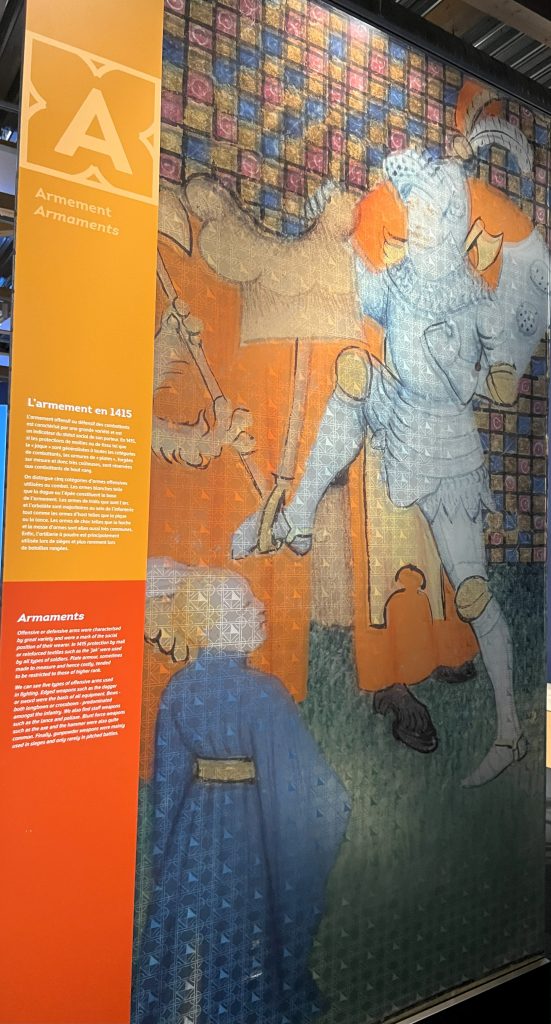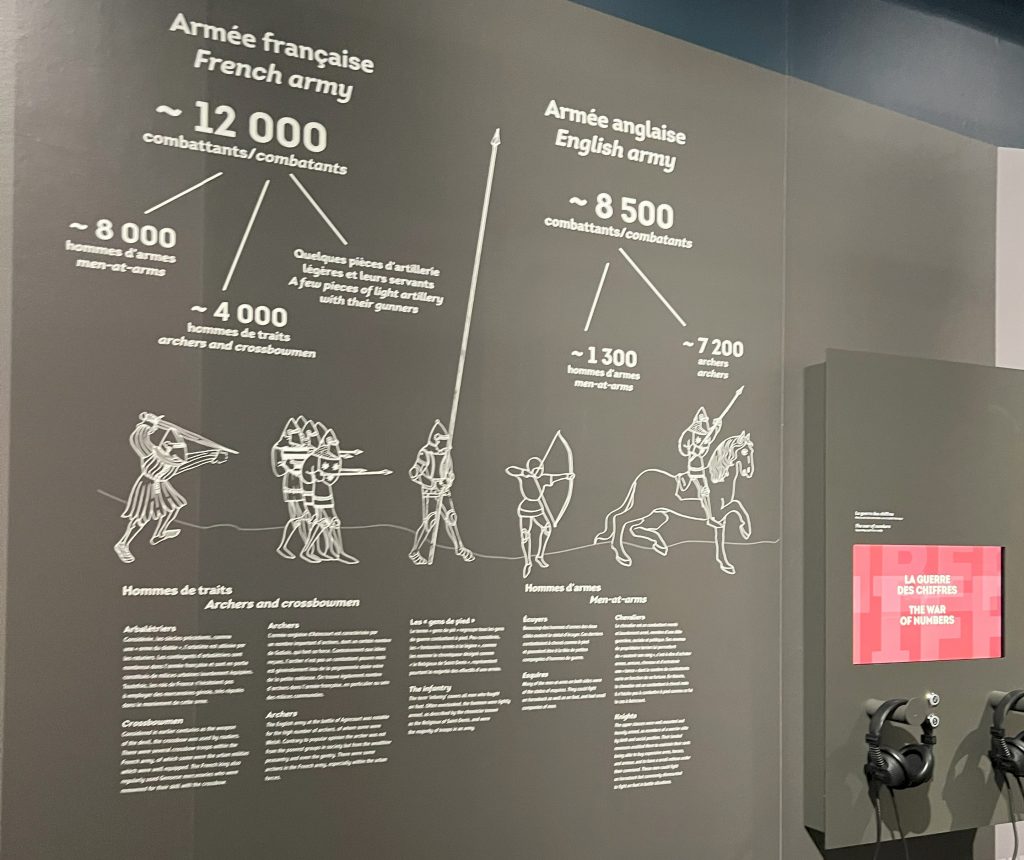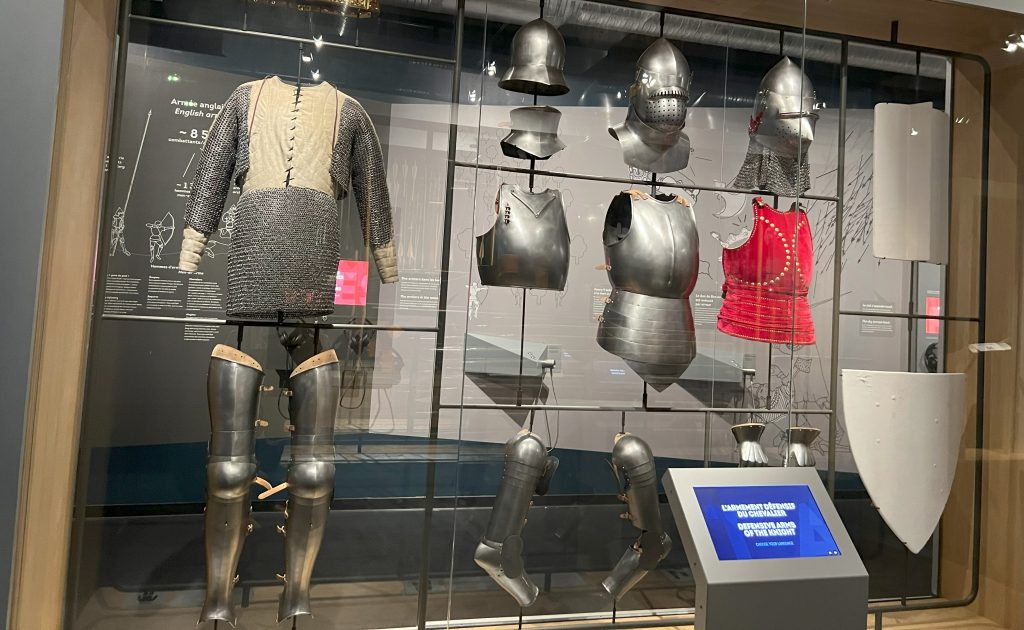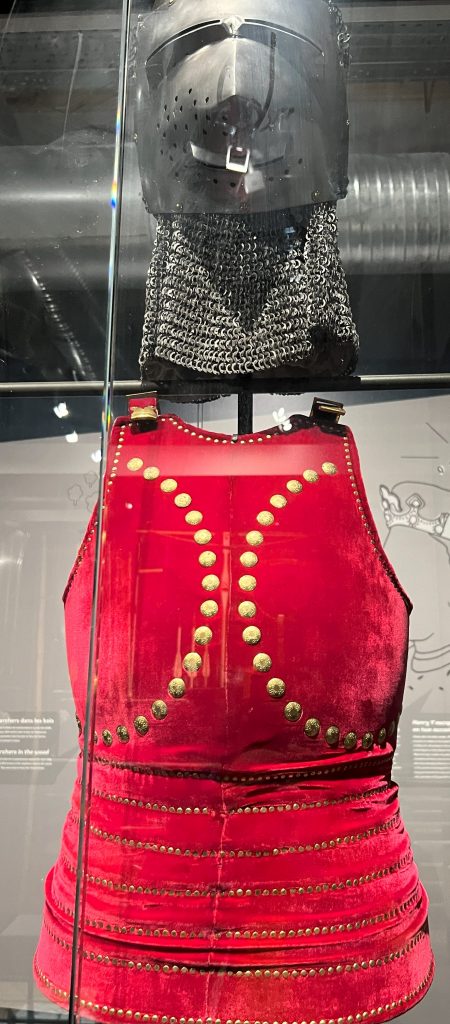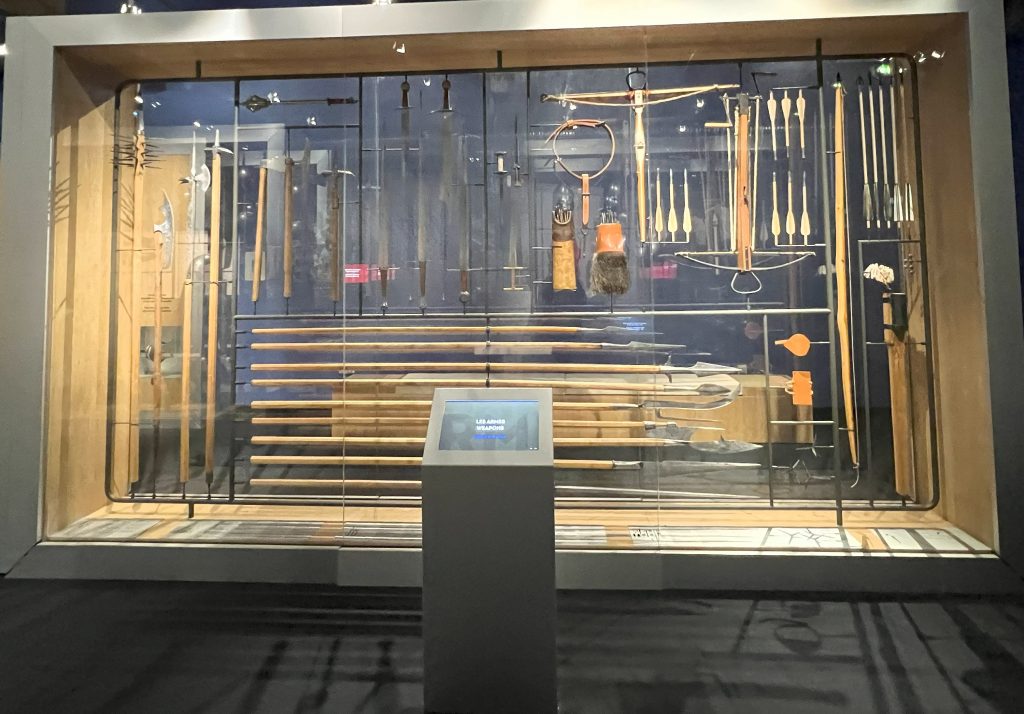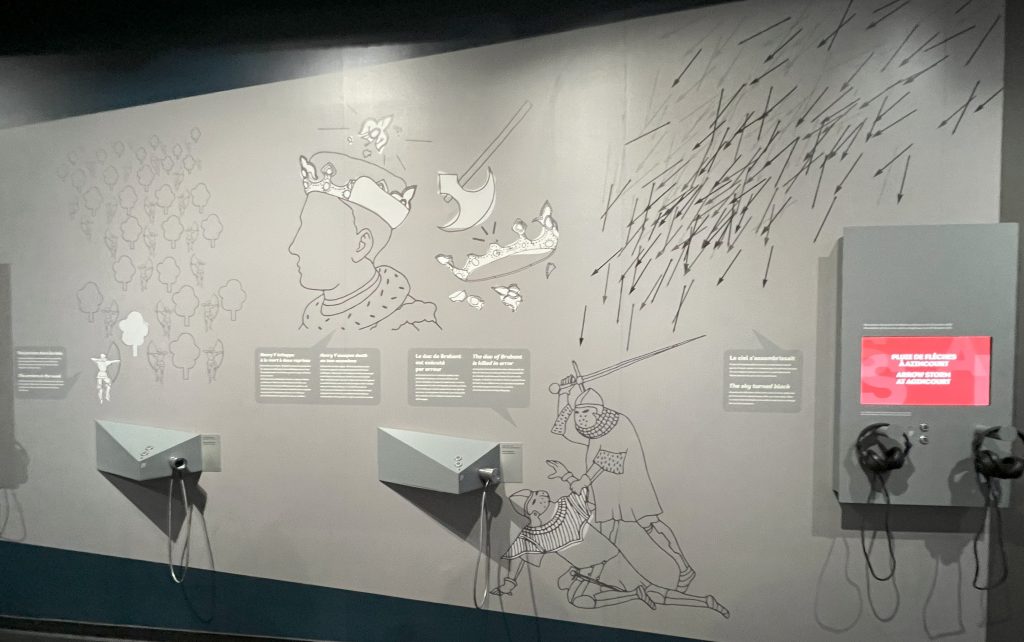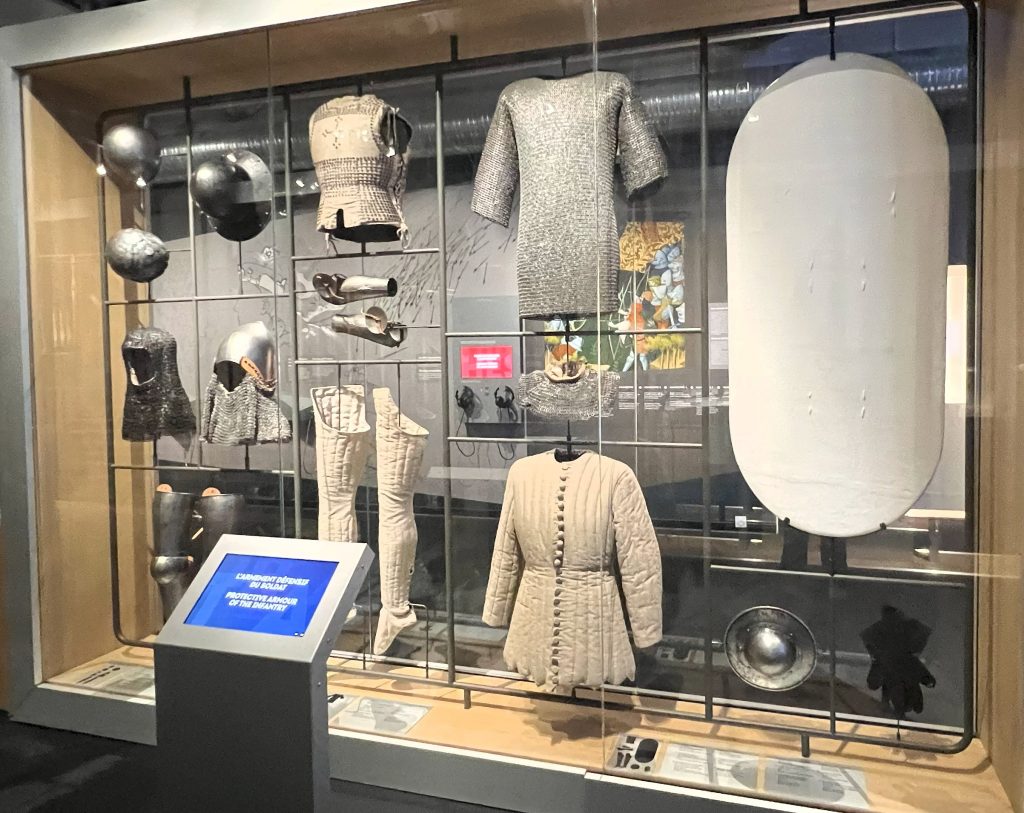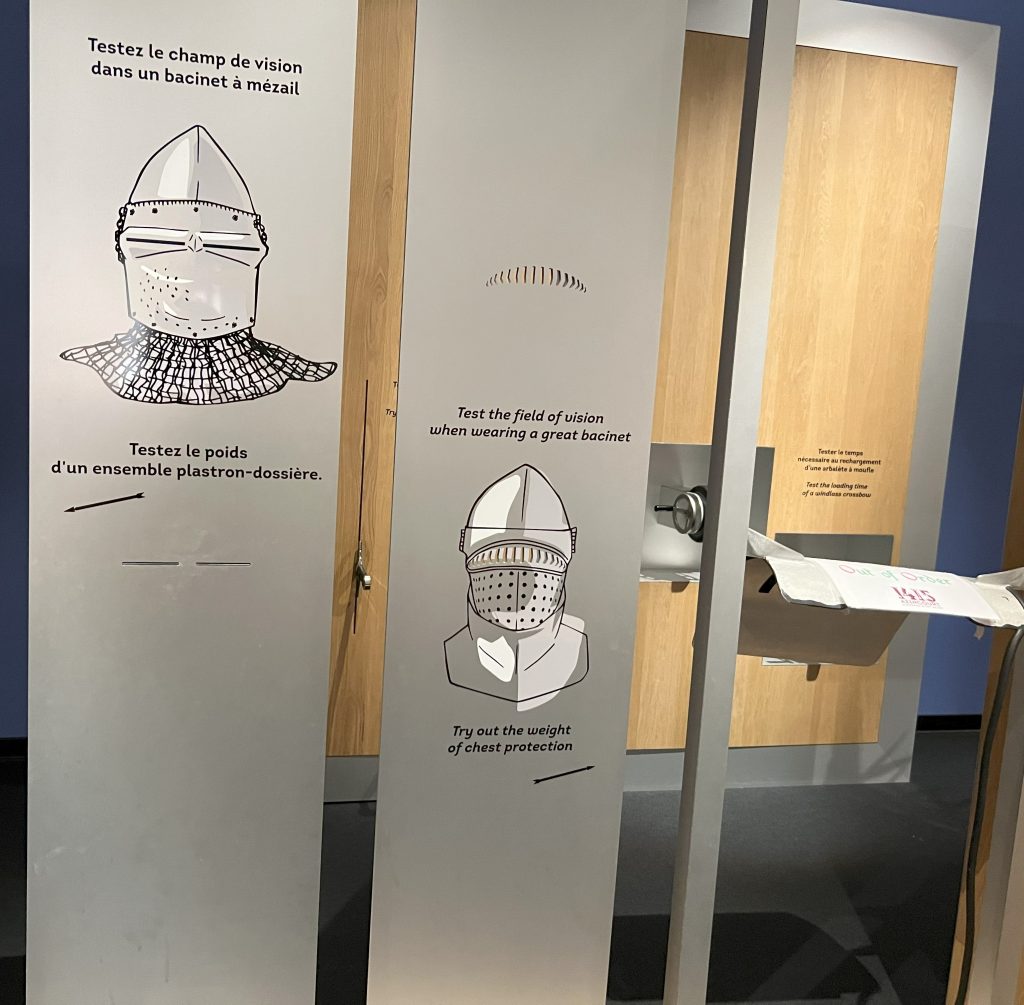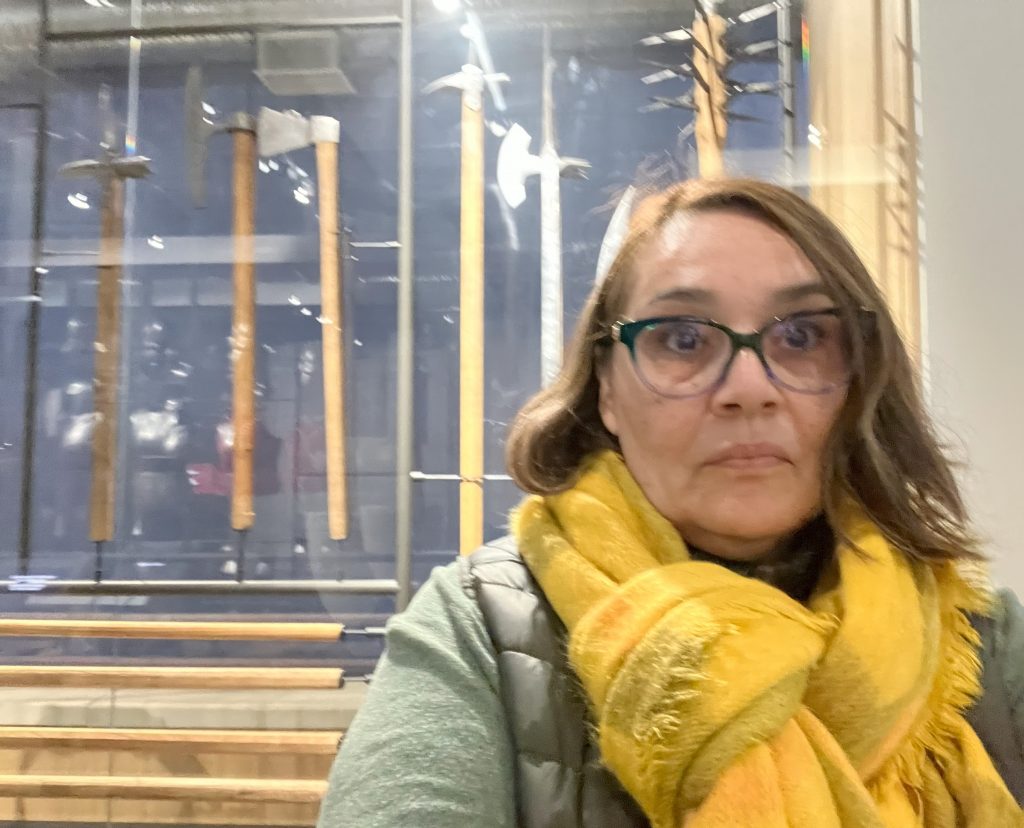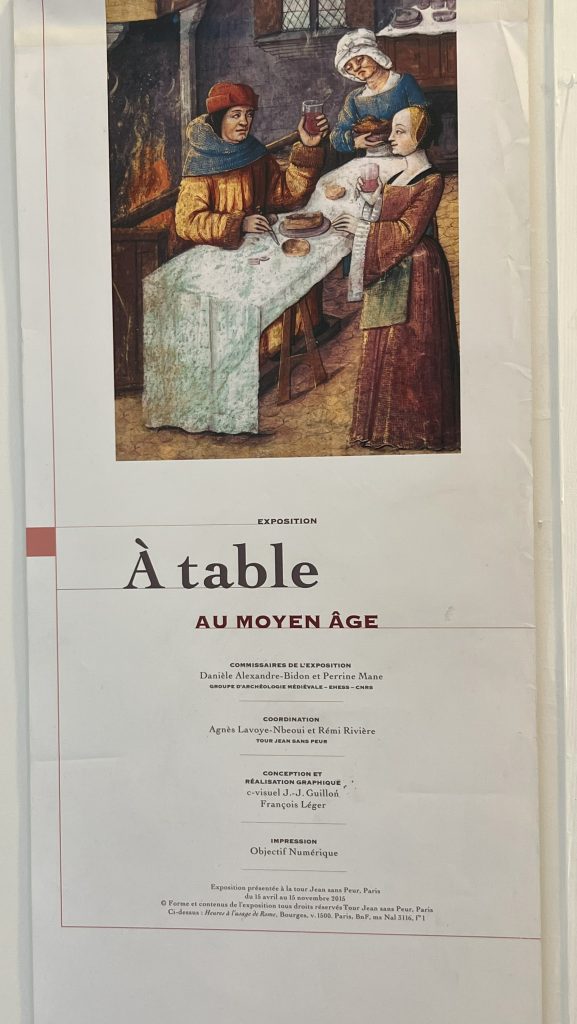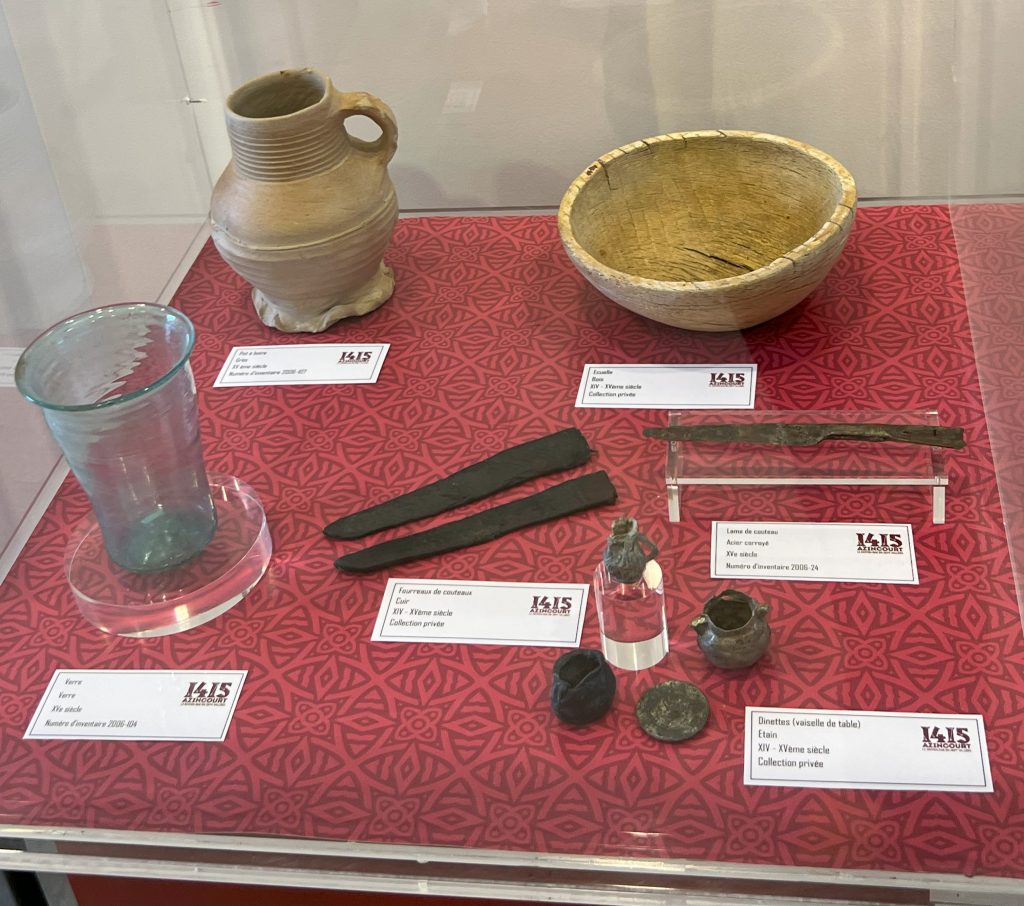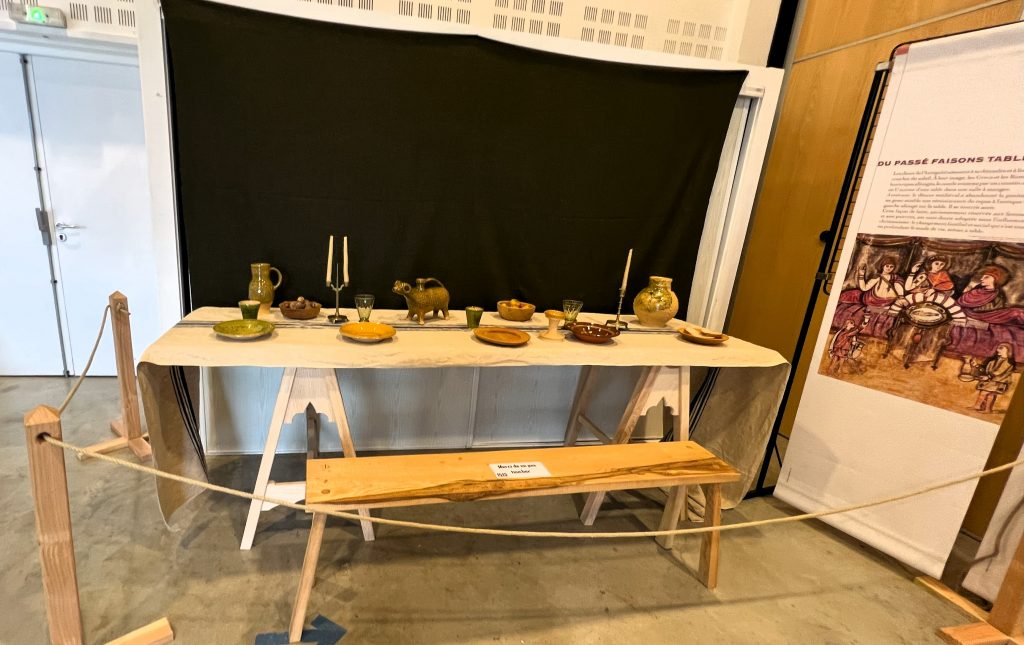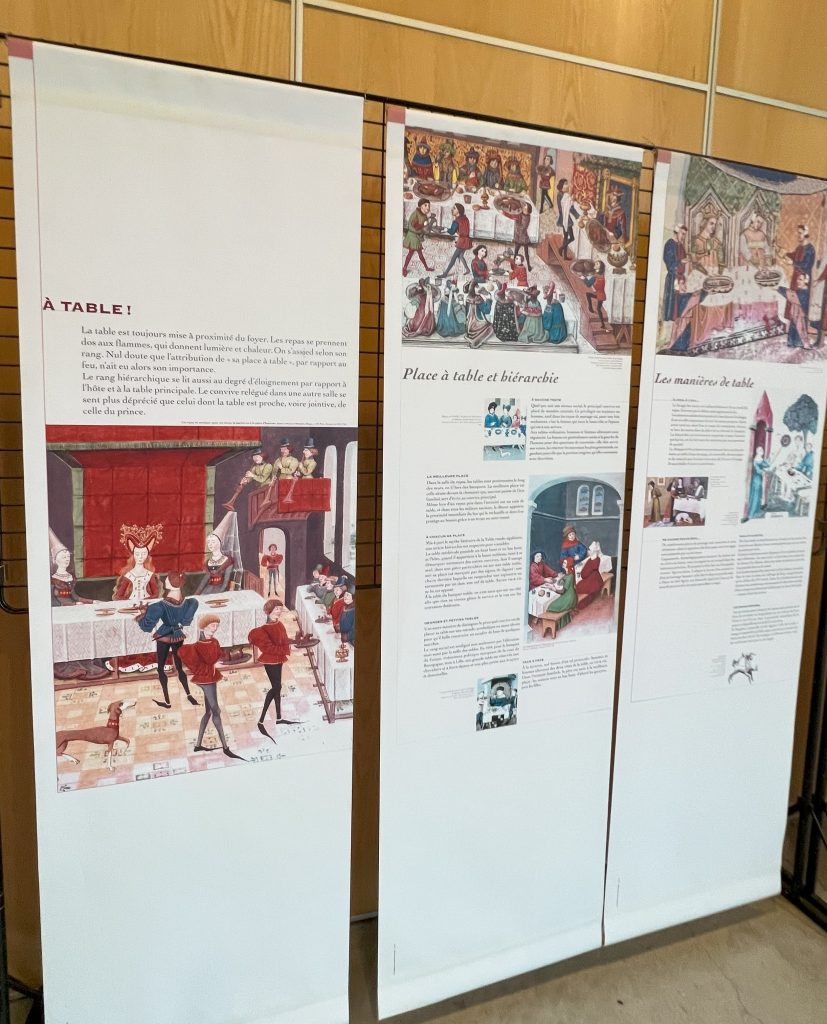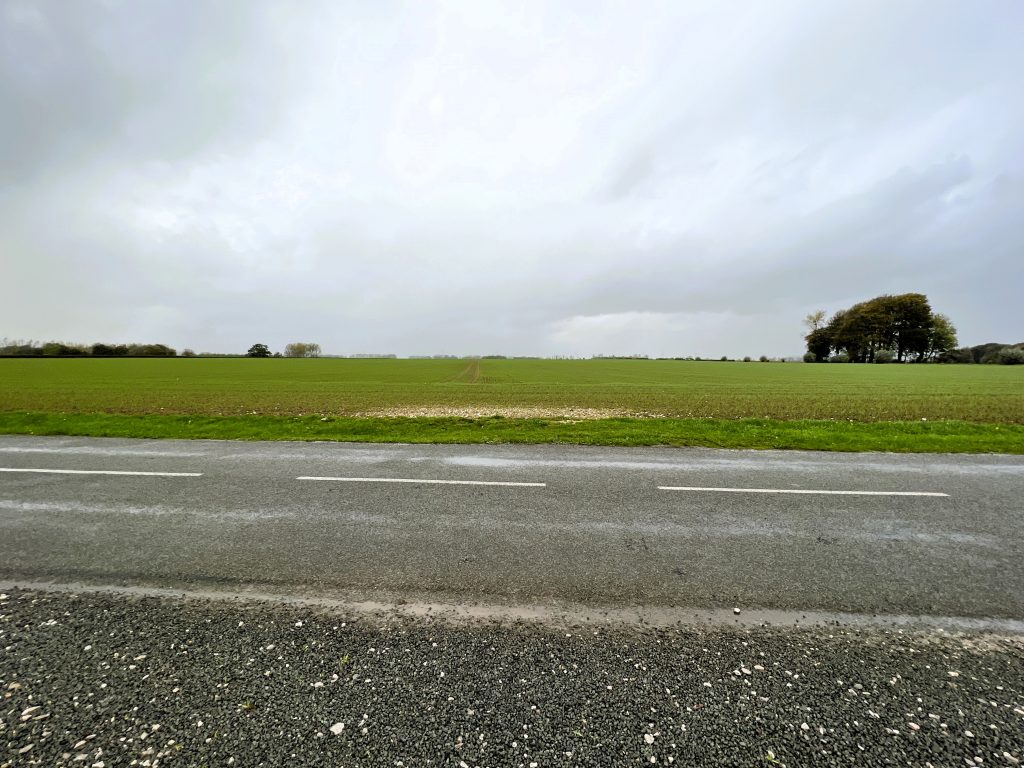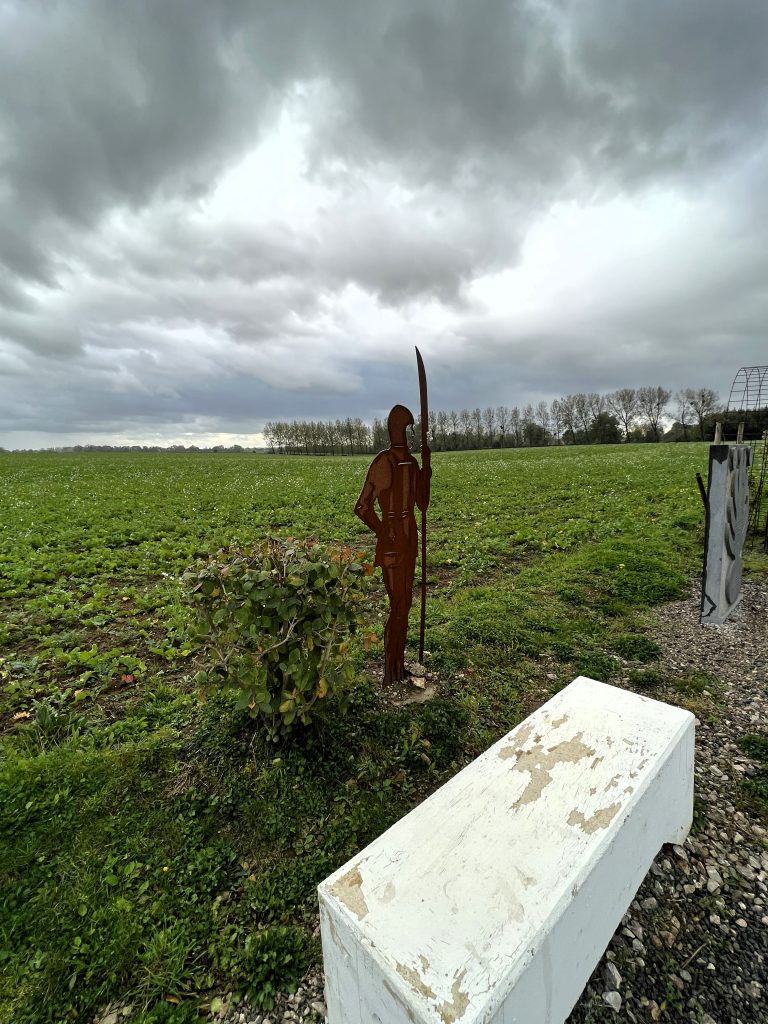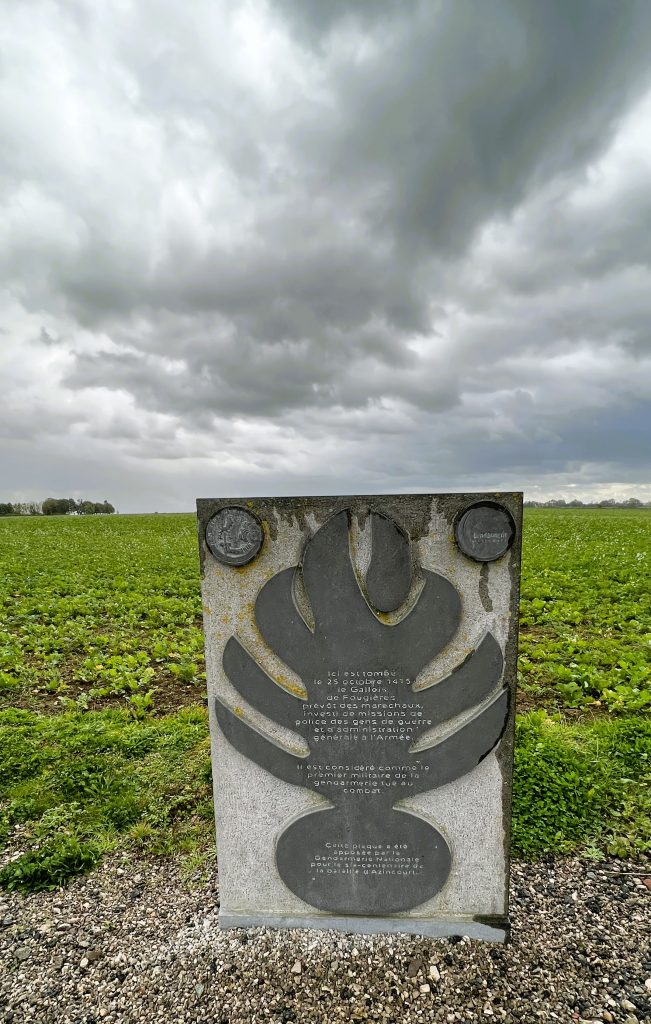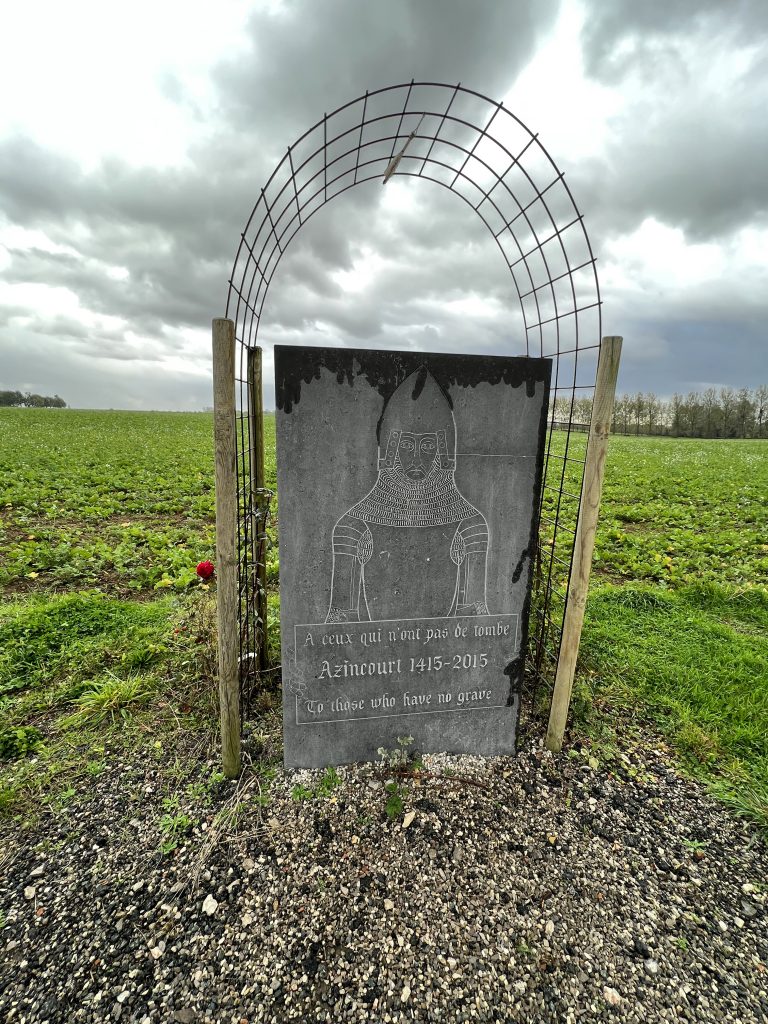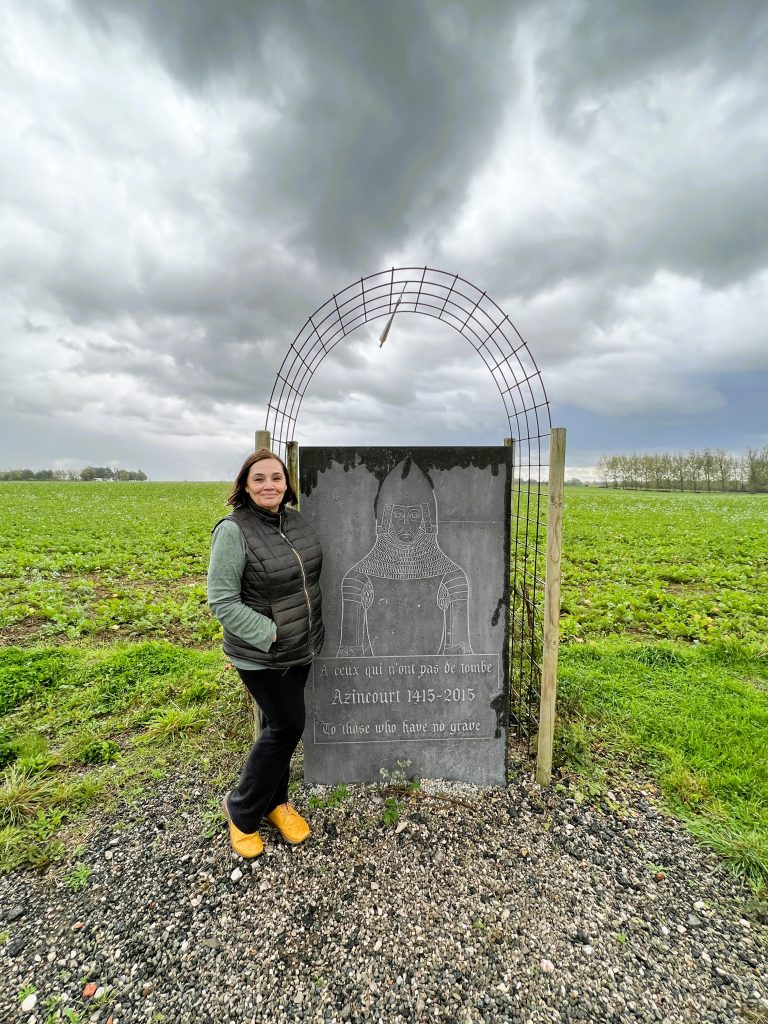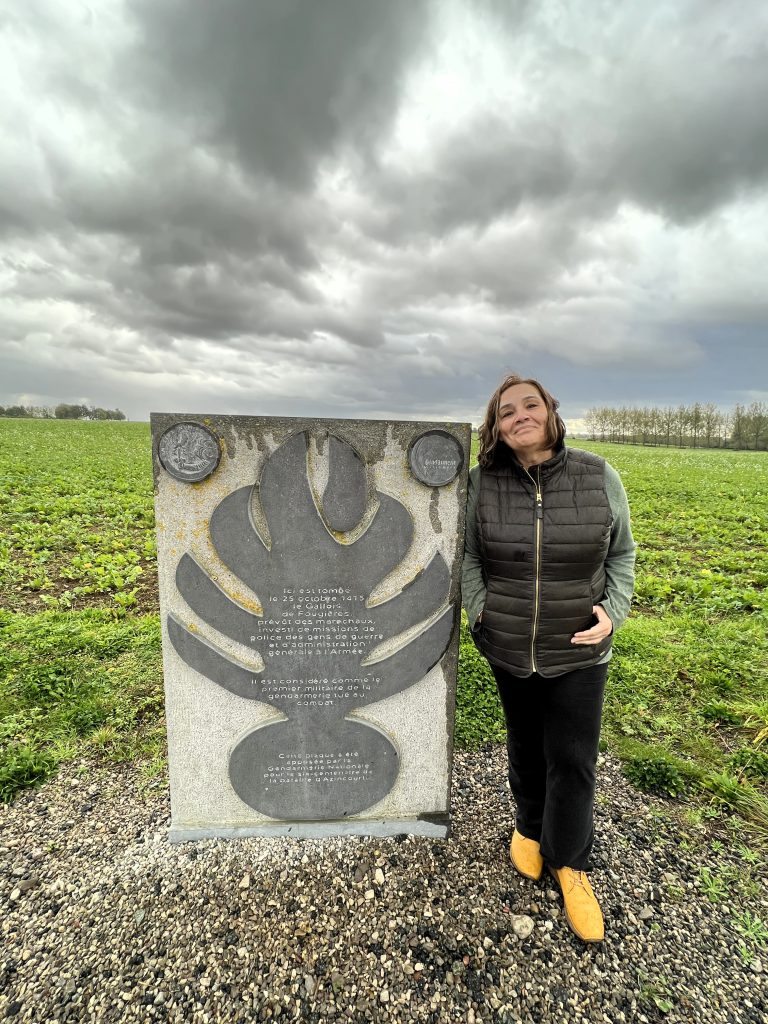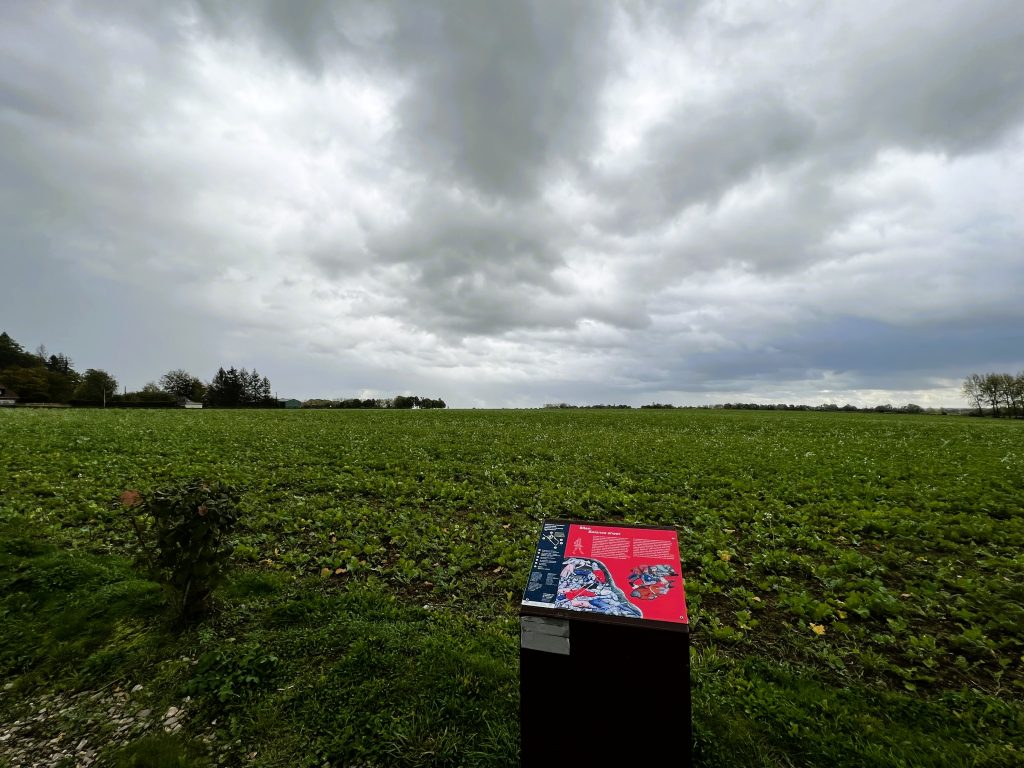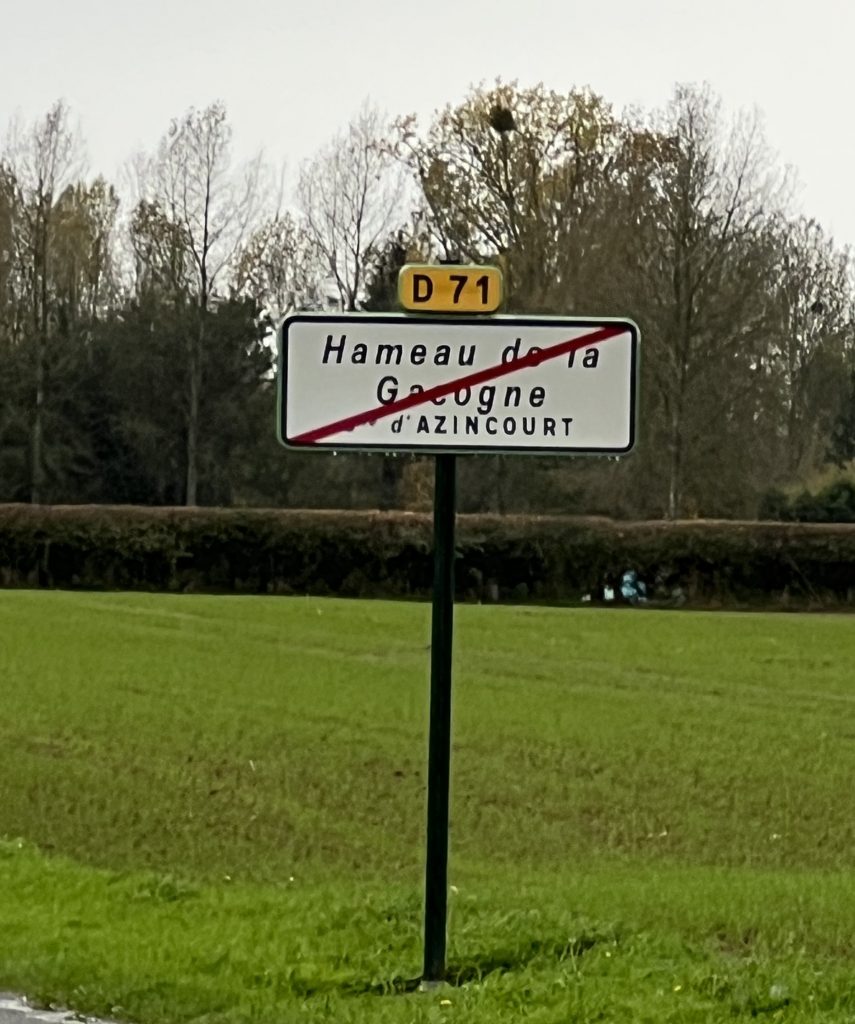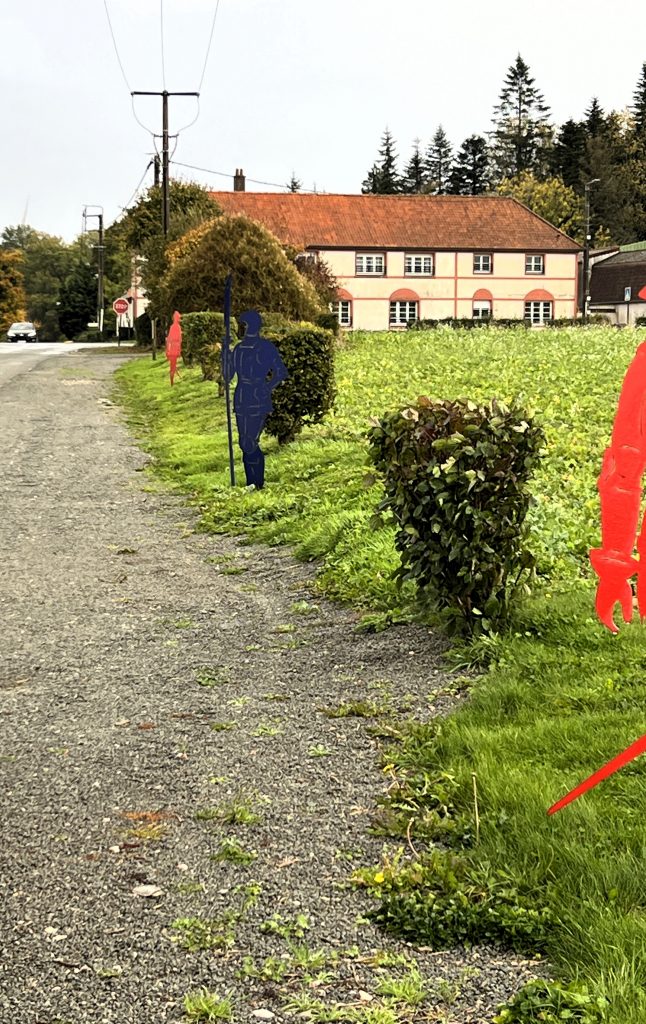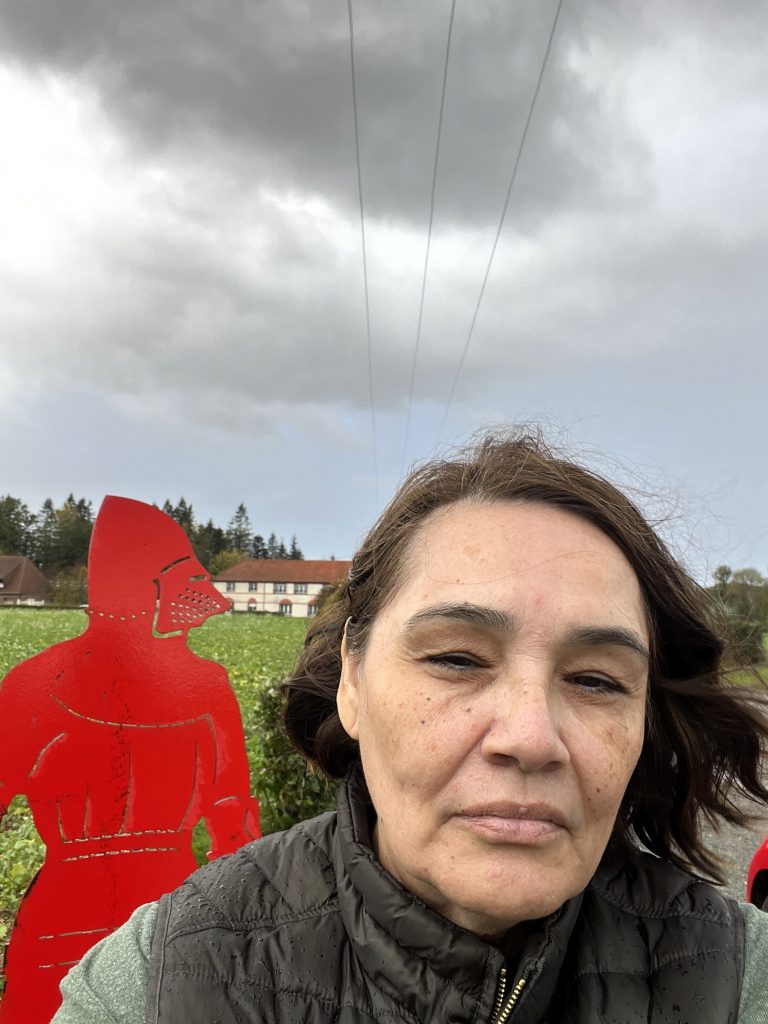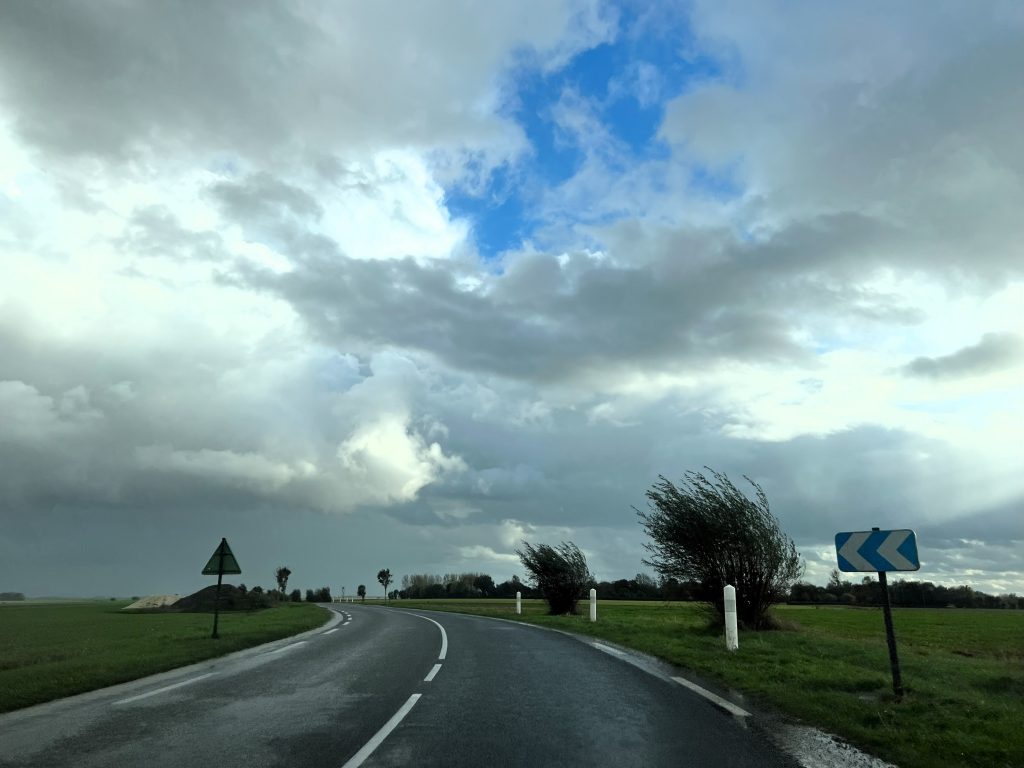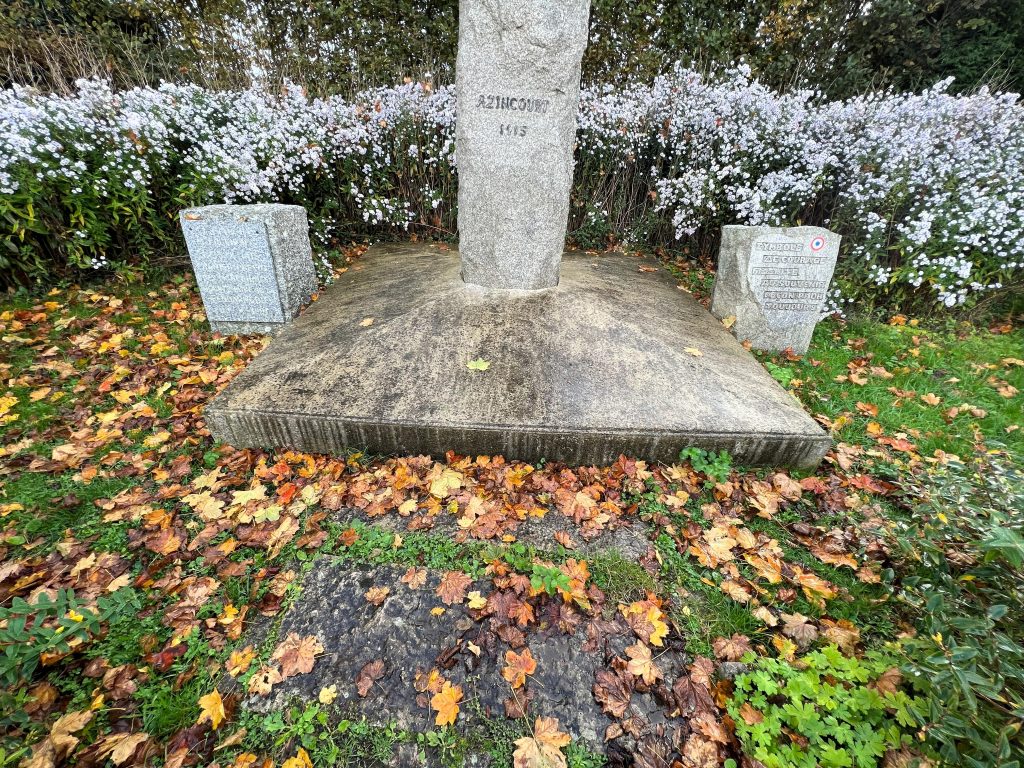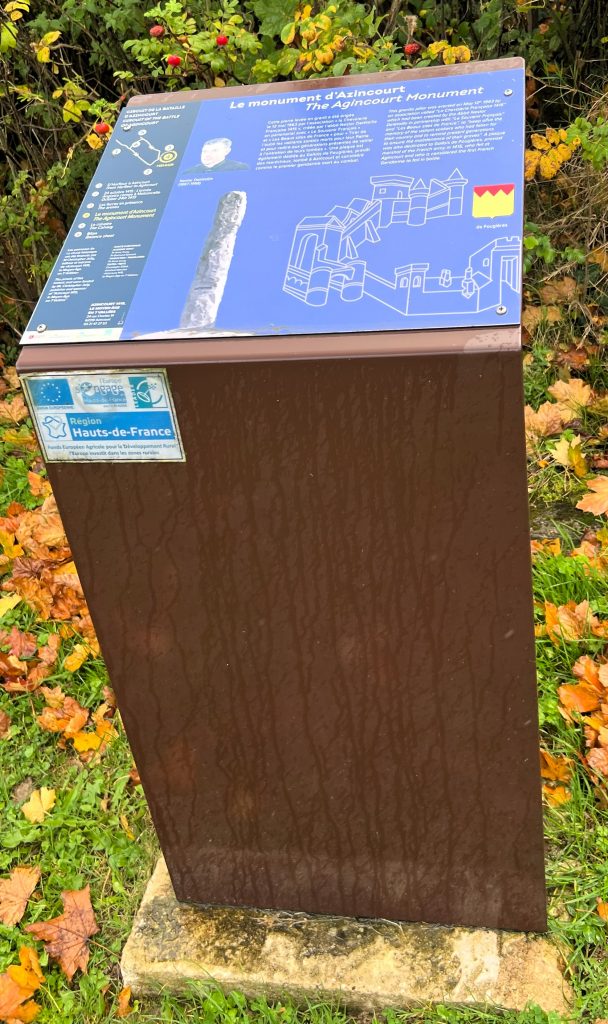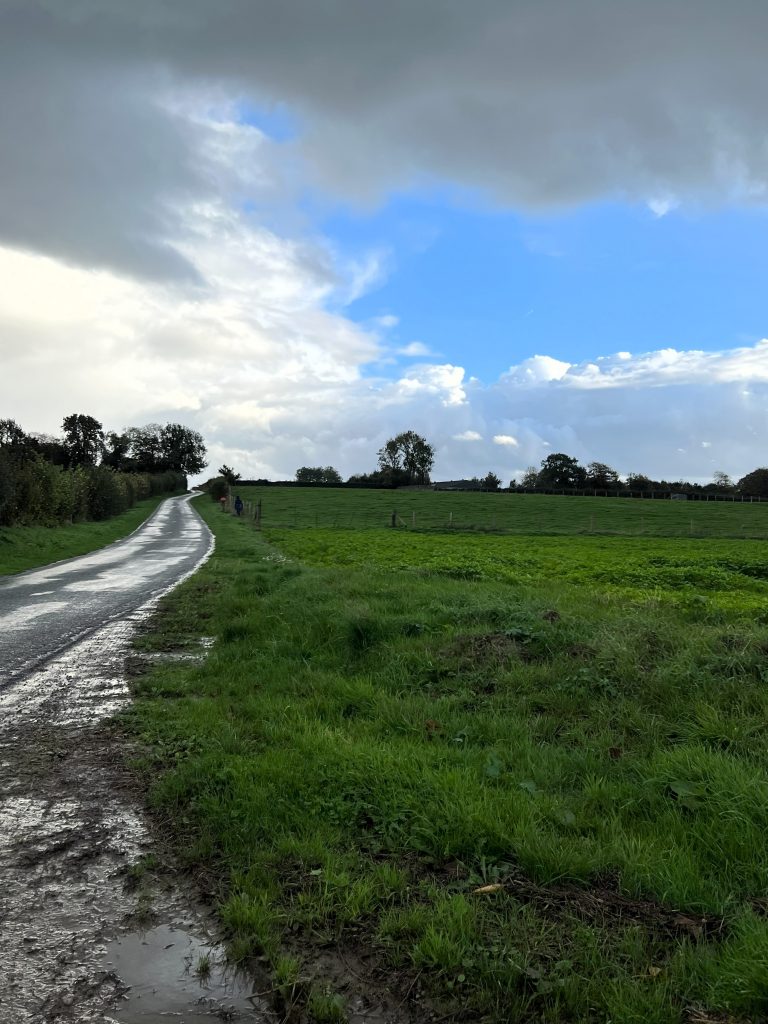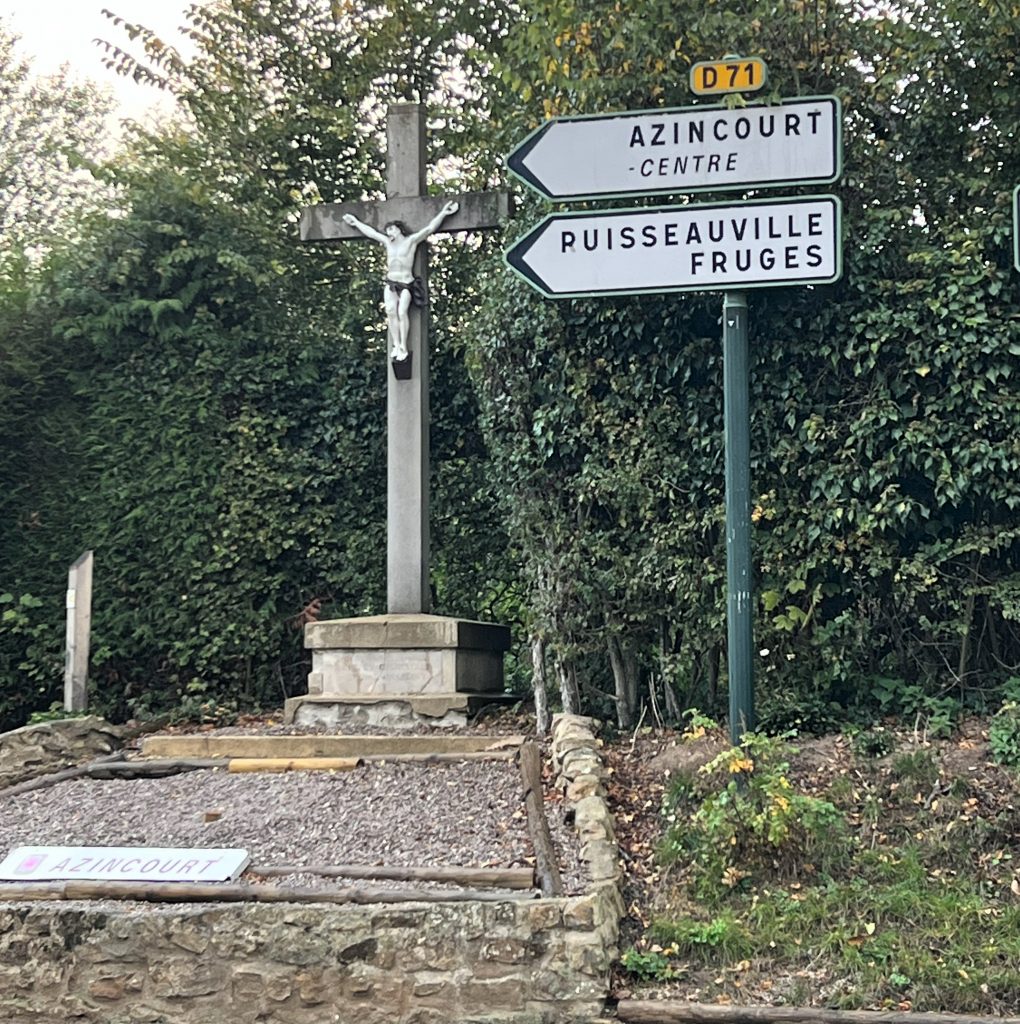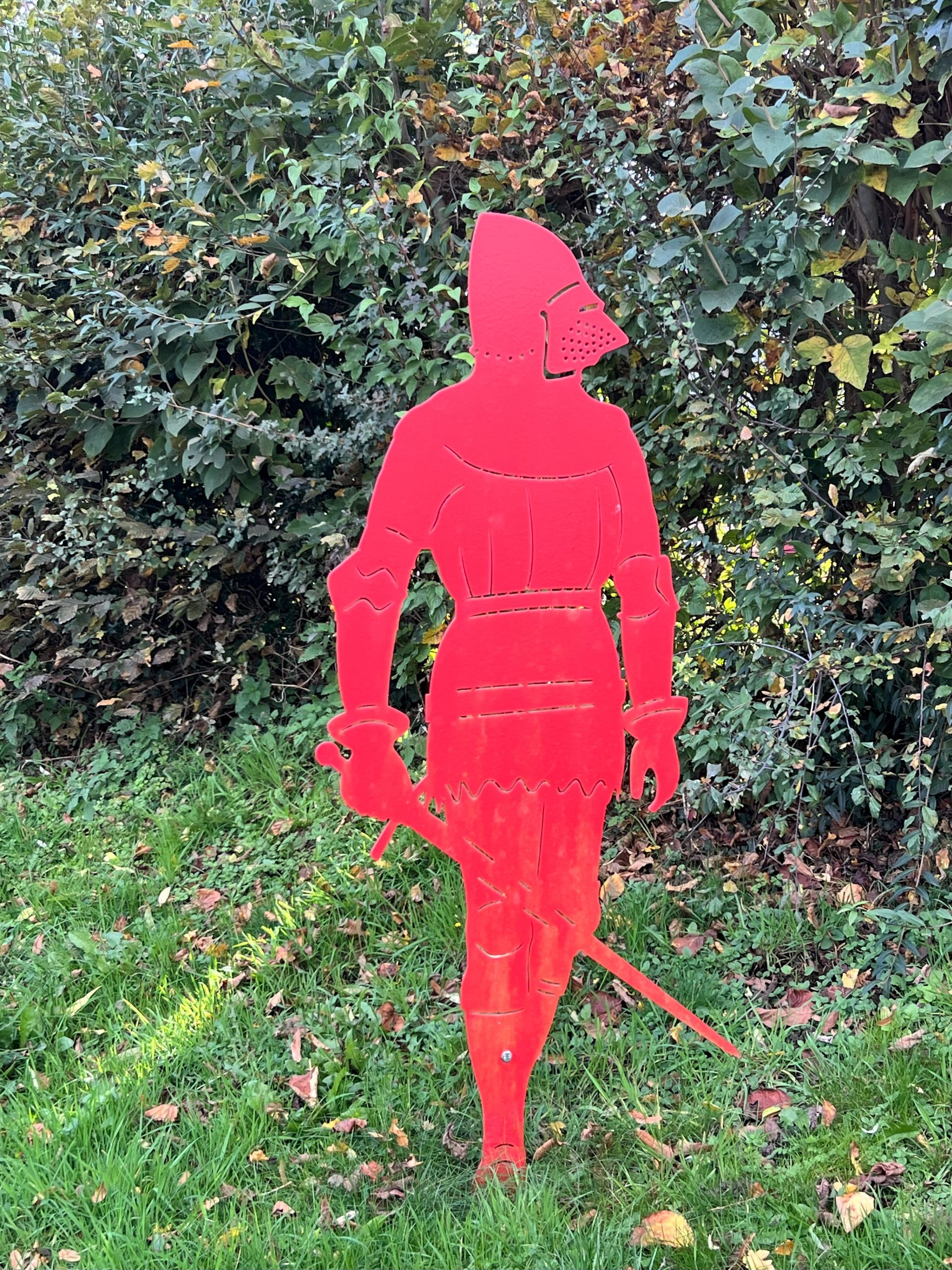Written By Gina Ruiz
I couldn’t go to Crécy without also going to Agincourt. I have always read history of Agincourt and called it by that name until I went to the location in France. The French call it Azincourt and as it now belongs to the French and I was on their soil, it is what I will call it in this post about it. I didn’t plan it this way but we arrived in Azincourt on the anniversary of St. Crispin’s Day, the anniversary of the eve of the great battle of Azincourt. What Shakespeare buff or history buff has not been stirred by the resounding St. Crispin’s Day speech as shown above in the video. The last part always gets to me and I was whispering it from the tower there at Azincourt:
“This story shall the good man teach his son;
And Crispin Crispian shall ne’er go by,
From this day to the ending of the world,
But we in it shall be remember’d;
We few, we happy few, we band of brothers;
For he to-day that sheds his blood with me
Shall be my brother; be he ne’er so vile,
This day shall gentle his condition:
And gentlemen in England now a-bed
Shall think themselves accursed they were not here,
And hold their manhoods cheap whiles any speaks
That fought with us upon Saint Crispin’s day.”— William Shakespeare from Henry V, spoken by King Henry
So, it was by chance or luck that brought me to Azincourt on the eve of this battle, October 24, 2022, remembering a speech that the real Henry V never uttered, on a rainy, windswept day and I was caught up in my memories of this rousing speech and repeating it in my head. We first found the village of Azincourt, then the Centre Azincourt 1415, where not only did they have the best exhibition of all things related to Azincourt, but a fabulous exhibit on the medieval feasting table, “A table au Moyen Âge” where I could observe dishes, pottery, the table, and other artifacts of feasting during the middle ages. The center does a really beautiful exposition and it was well worth the trip for that alone but I was here for Azincourt. Each exhibit has sound in both English and French, and you can follow maps, family trees, and stories. There is a cannonball from the battle, you can step under medieval armor to get a feel of its weight, and there is an absolutely mesmerizing immersive experience of the battle with narration. It is incredible. You feel you’re there in 1415 witnessing the battle. I spent probably far too much money in the gift shop buying medieval cookbooks in French, and souvenirs for my grandchildren (you know I had to get plastic maces and replica arrowheads, right?). I couldn’t figure out how to ship replica helmets, lances, and swords, but I’m going to go back one day and have that figured out before I get there. The exhibits were all so carefully thought out and laid out that it was wonderful to make that circuit through the center. There is also a medieval garden in the back, which smelled incredible in the rain, and a medieval oven, which they are working on for future exhibits. The staff is really knowledgeable and devoted to history. If you live in the Seven Valleys, you can get in for two euros. I paid eight, which was well worth it. If you can’t get to Azincourt, the center offers a virtual visit, which you should totally check out as it has the immersive battle experience I was so entranced by.
After leaving the center, we followed the circuit of signposts with various monuments to the battle or people that died there. I climbed the replica tower to see the fields where Henry V would have been camped and given his speech (perhaps more rousing than Shakespeare’s, maybe not). I was also overlooking the land where so many died, soaking those newly plowed fields in blood. It was both sad and exhilarating to be there, knowing I had ancestors that fought there on both sides. I found a monument to the fallen just to the side of the tower. As in Crécy, the tower had a map of the battle and the views were astounding. I slogged through muddy ground and thought about those soldiers so long ago who probably tramped in the same kind of mud. History says the fields were muddy from a week of rain and the French troops were slowed down because of it. Their slow progress through muddy fields made them prime targets for English arrows. The English had also sharpened stakes into the ground at an angle before themselves, which the French struggled to get through. It was a battle technique they hadn’t encountered before. The archers eventually abandoned their longbows and began fighting hand-to-hand. It ended up a slaughter with Henry V having nobles he captured killed. There was a pile of corpses by the time the third line of the French army got through the mud and they couldn’t or wouldn’t pass through the pile of bodies, and were massacred by the English. At the end of the battle, which is estimated to have lasted anywhere from a half hour to three hours, the precise number of casualties is unknown, it is estimated that English losses amounted to about 400 and French losses to about 6,000, many of whom were noblemen. The battle of Azincourt changed history. Henry V managed to subjugate Normandy in 1419. That victory was then followed by the Treaty of Troyes in 1420 in which Henry was betrothed to Catherine, daughter of Charles VI, and named Henry V as heir to the French crown.
At the end of my trip to Azincourt, I was treated to a double rainbow. Truly, it was a great day.
If you want to learn more about Azincourt I recommend reading the following books:
- Jonathan Sumption’s epic histories of The Hundred Years’ War: Trial by Battle (Volume 1), Trial by Fire (Volume II), Divided Houses (Volume III), and Cursed Kings (Volume IV);
- Anne Curry’s 1415 Agincourt: A New History;
- Juliet Barker’s Agincourt: Henry V and the Battle That Made England;
- Ian Mortimer’s 1415: Henry V’s Year of Glory;
- Desmond Seward’s The Warrior King and the Invasion of France: Henry V, Agincourt, and the Campaign That Shaped Medieval England.
What are your favorite books about medieval history? Are you a fan of Shakespeare’s Henriad? Are you interested in The Hundred Years’ War? Let me know in the comments.
